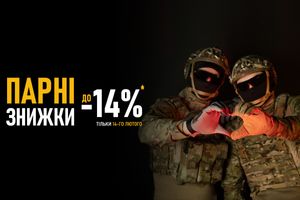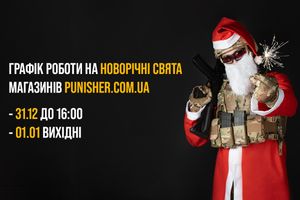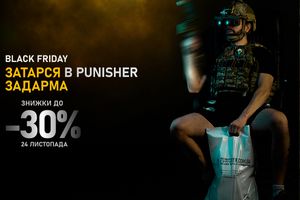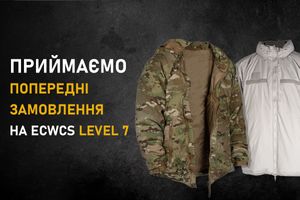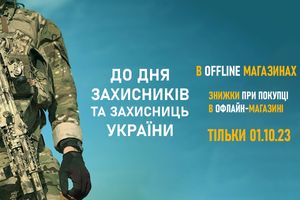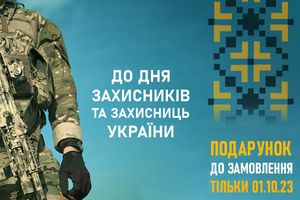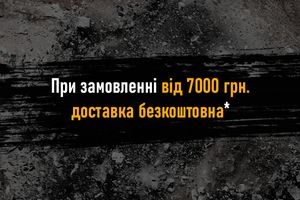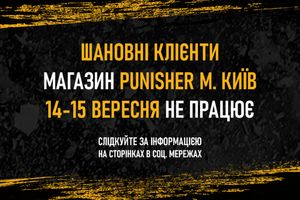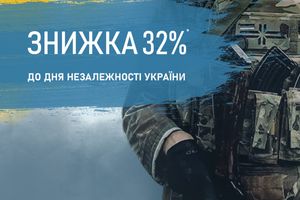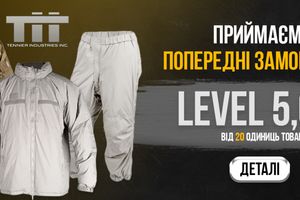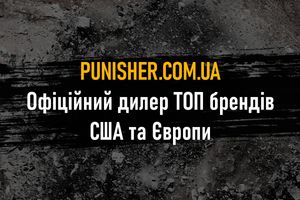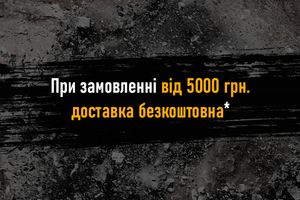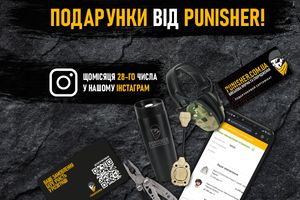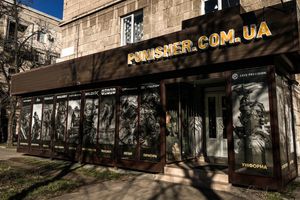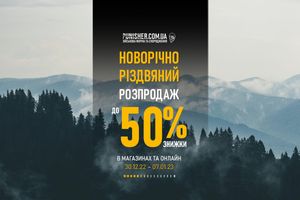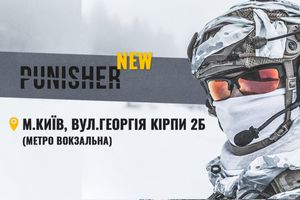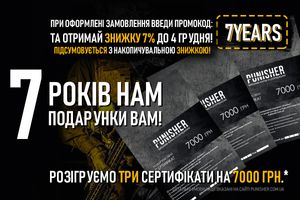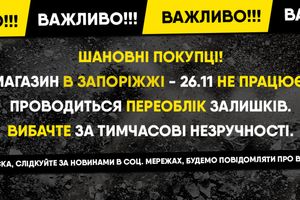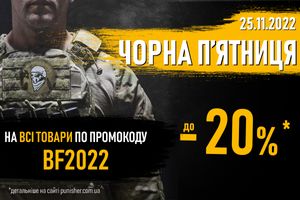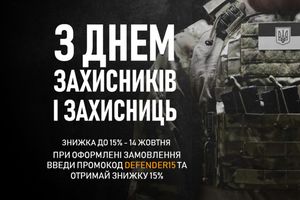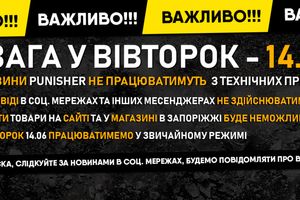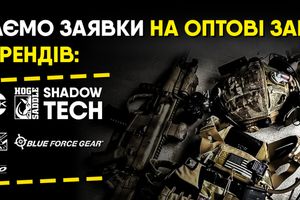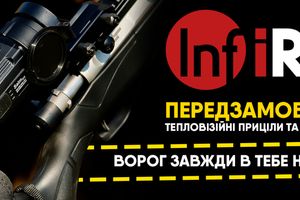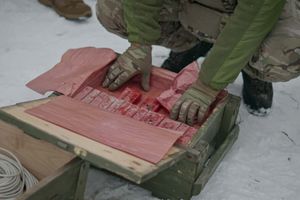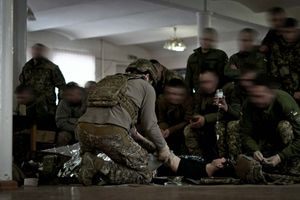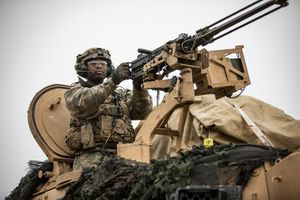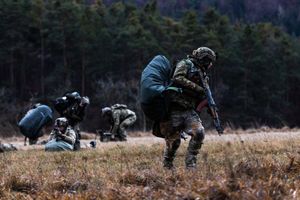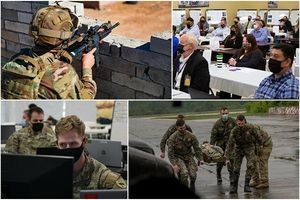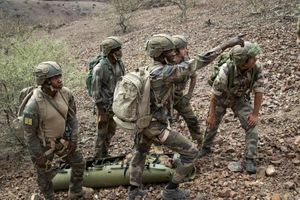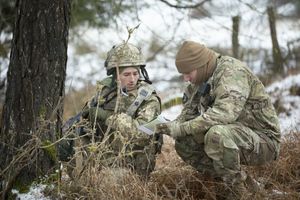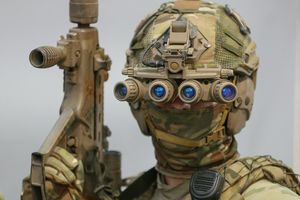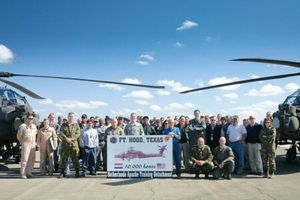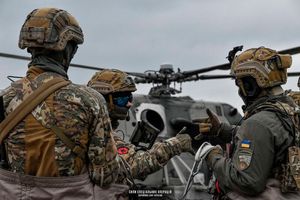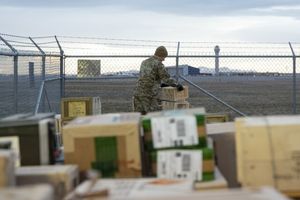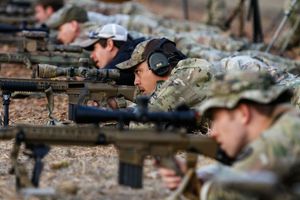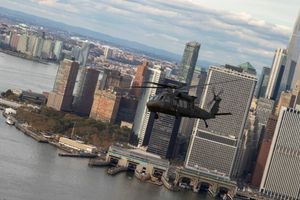In the November 2019, the 2nd Parachute Battalion (2nd BIPara), headquartered in São Jacinto – Aveiro, in the 10th Infantry Regiment, started the integration of the Army's new light armament (Glock 17 pistol, FN SCAR Assault Rifle- L and Minimi MK3 556) light machine gun that will be used in its next mission in the Central African Republic. The Paratroopers carried out a series of stages of adaptation to the new weapons and took advantage of recent training in TCCC (Tactical Combat Casualty Care) to integrate the new weapons into their Care Under Fire training.
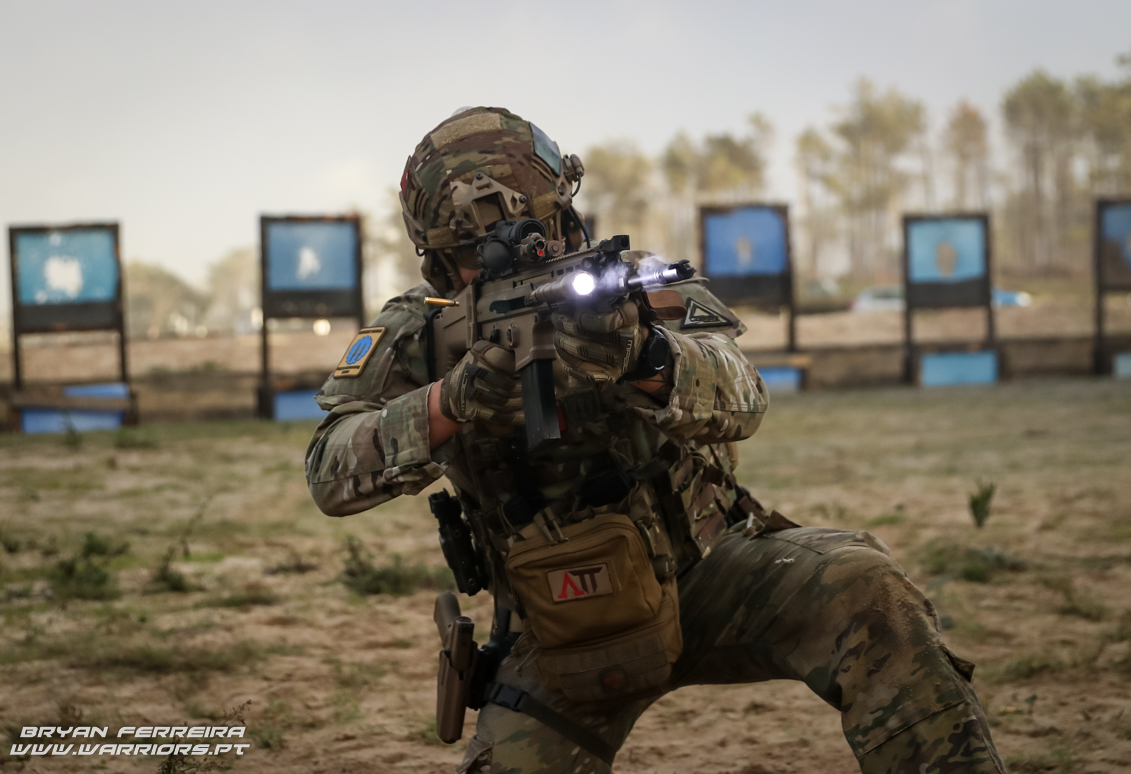 |
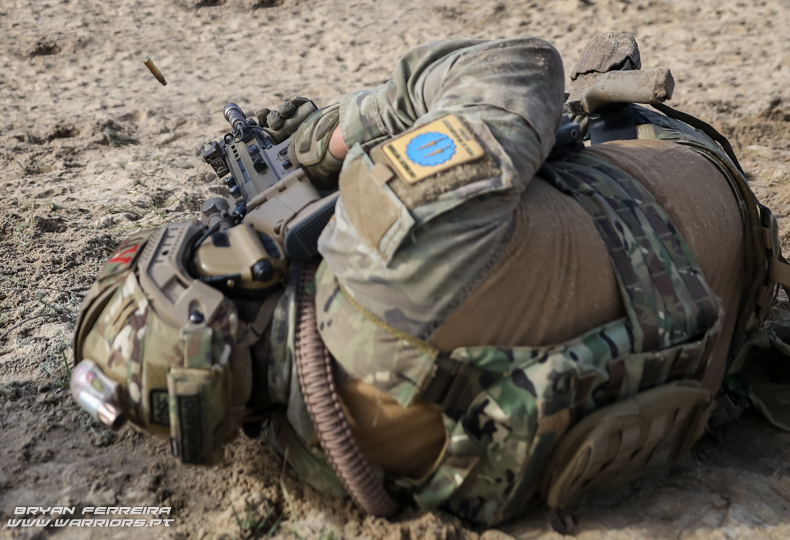 |
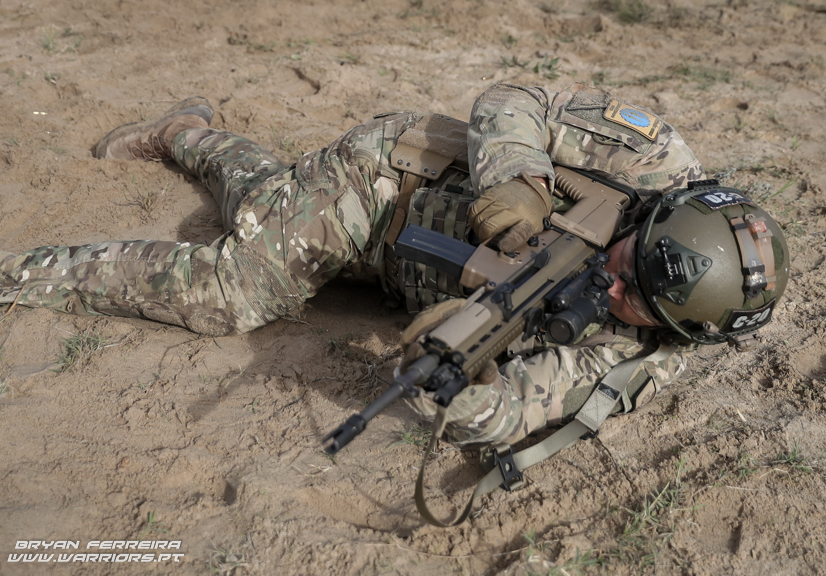 |
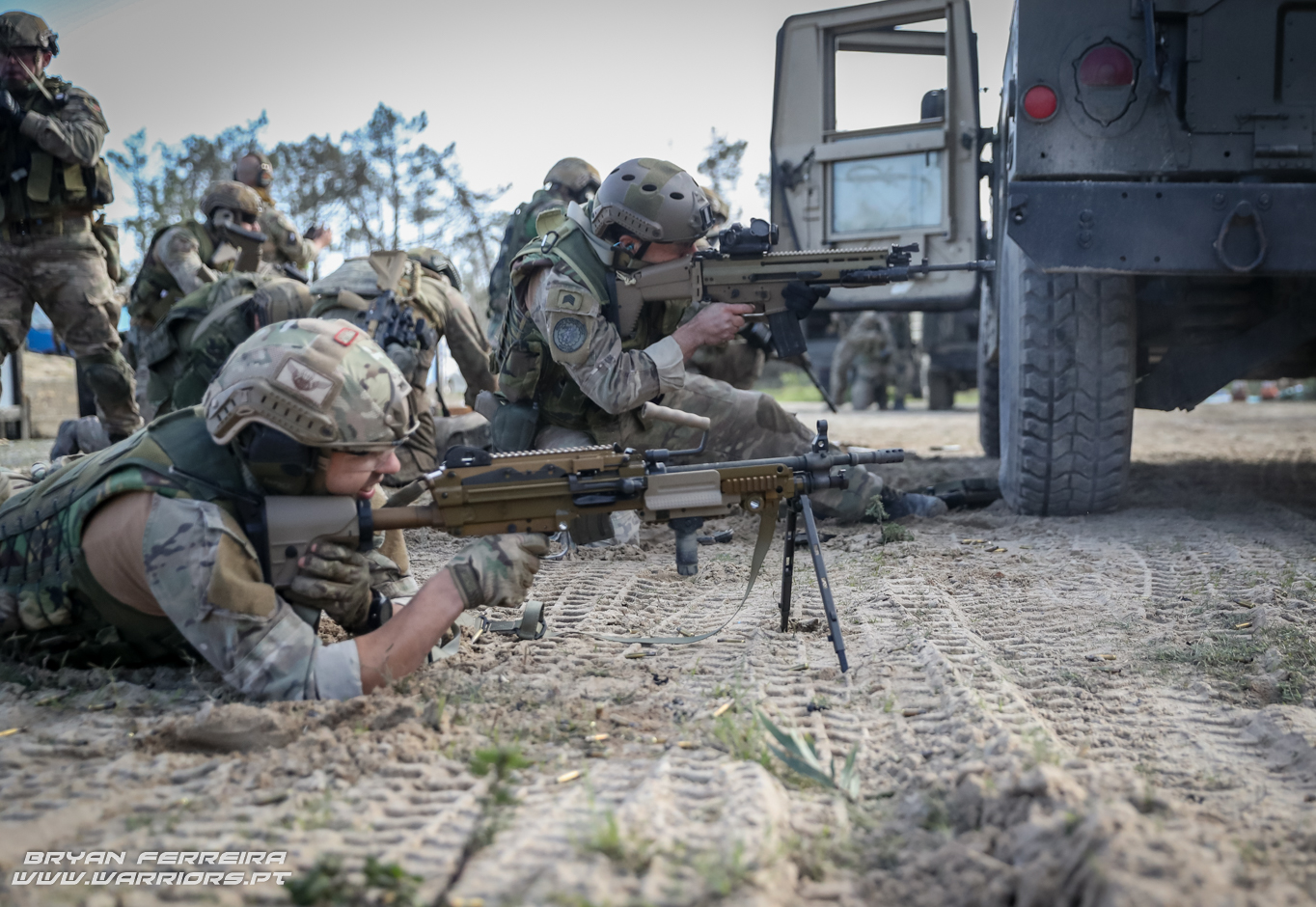 |
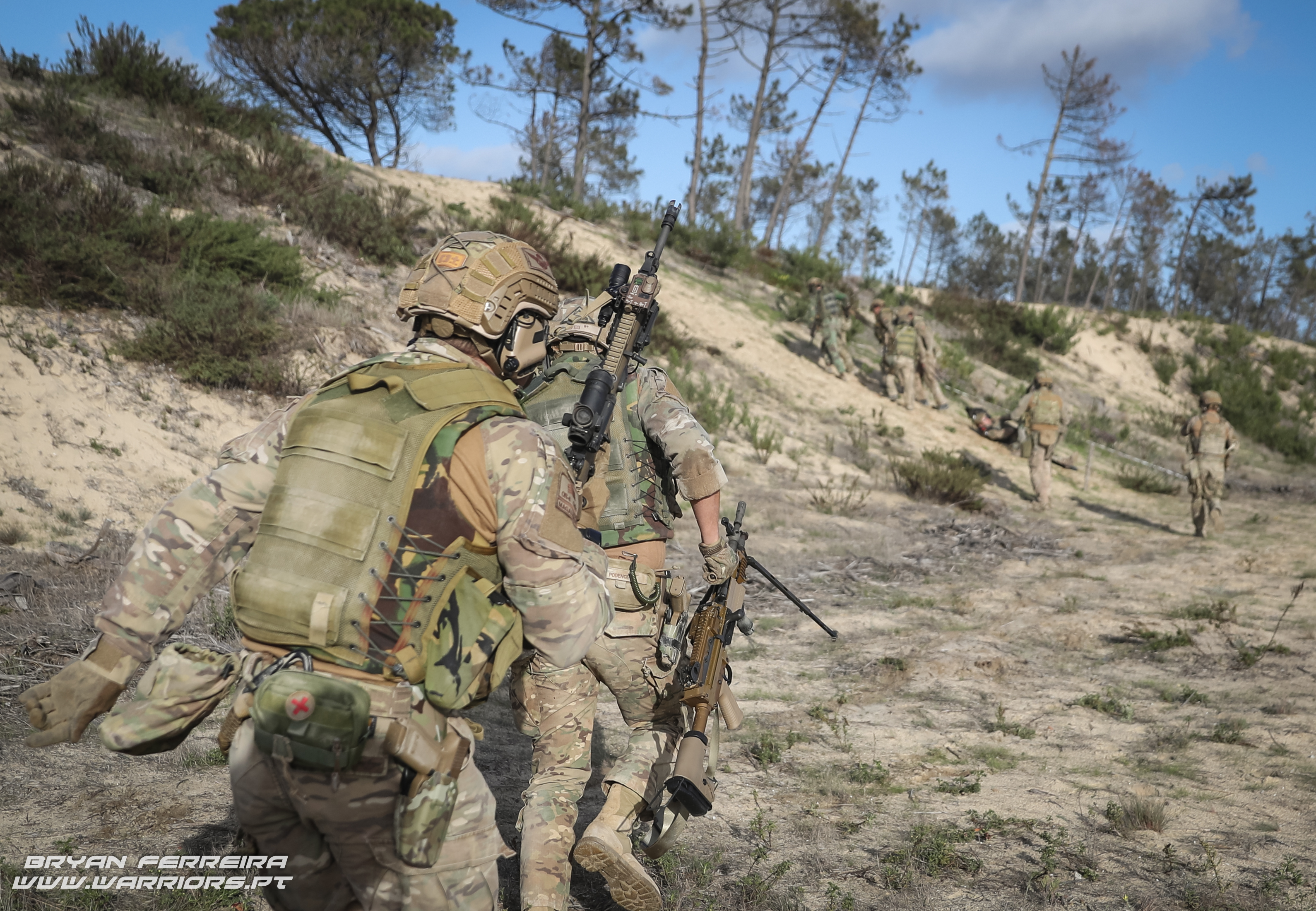 |
The 2nd BIPara will be the Operational component of the 7th Detached National Force (FND) for the RCA. The 7th FND is made up of around 180 soldiers, mostly from the 2nd BIPara, but includes soldiers from other units, such as those operating the PANDUR II 8×8 Vehicles of the Intervention Brigade, and elements of the TACP (Tactical Air Control Party) of the Portuguese Air Force that will play the role of JTAC (Joint Terminal Attack Controller). The Force will be deployed from March 2020 as a Quick Reaction Force (QRF) of MINUSCA (United Nations Multidimensional Integrated Stabilization Mission in the Central African Republic). This force will be based in Bangui, capital of the Central African Republic (RCA), in the French barracks with the name of M'Poko.
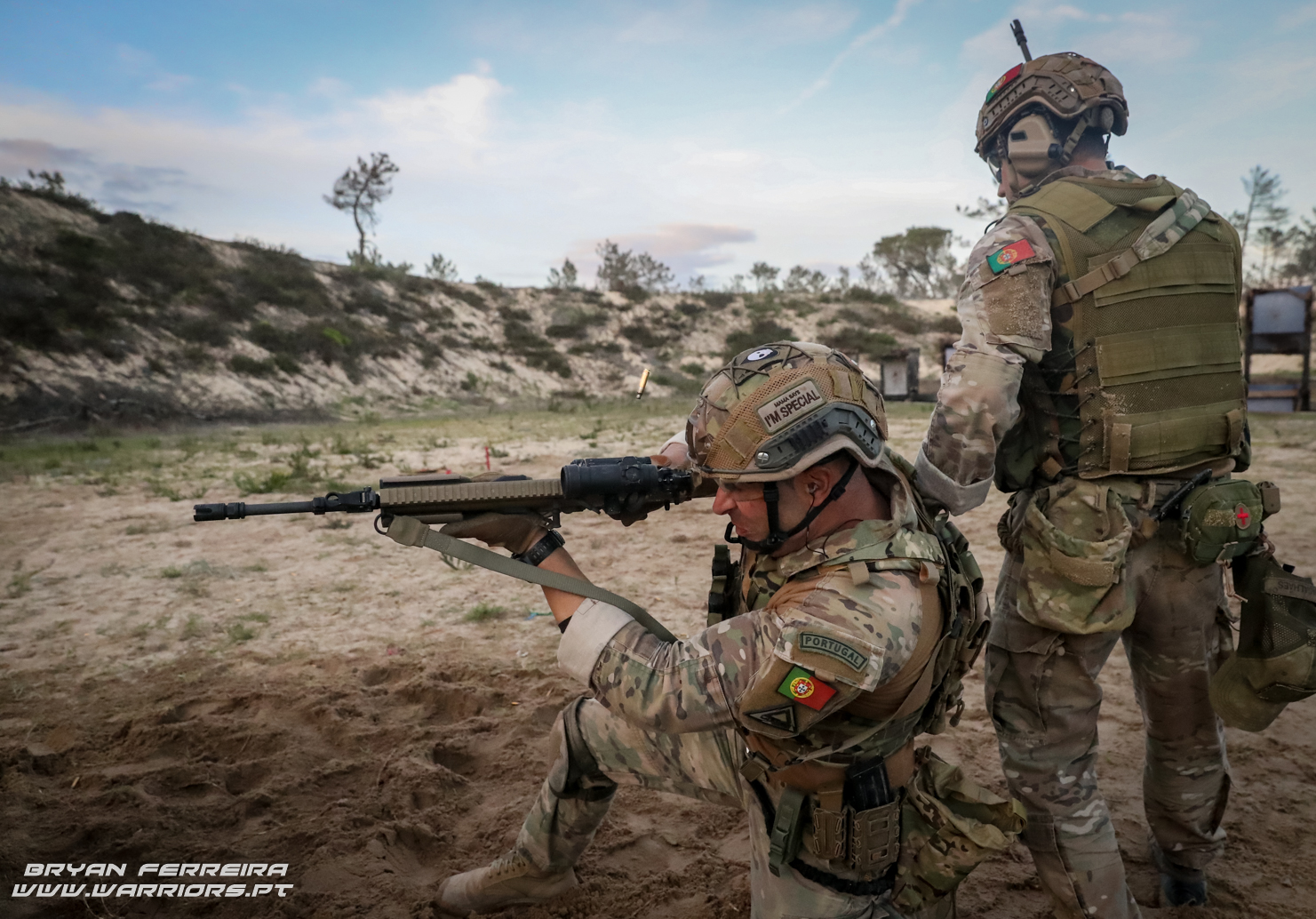 |
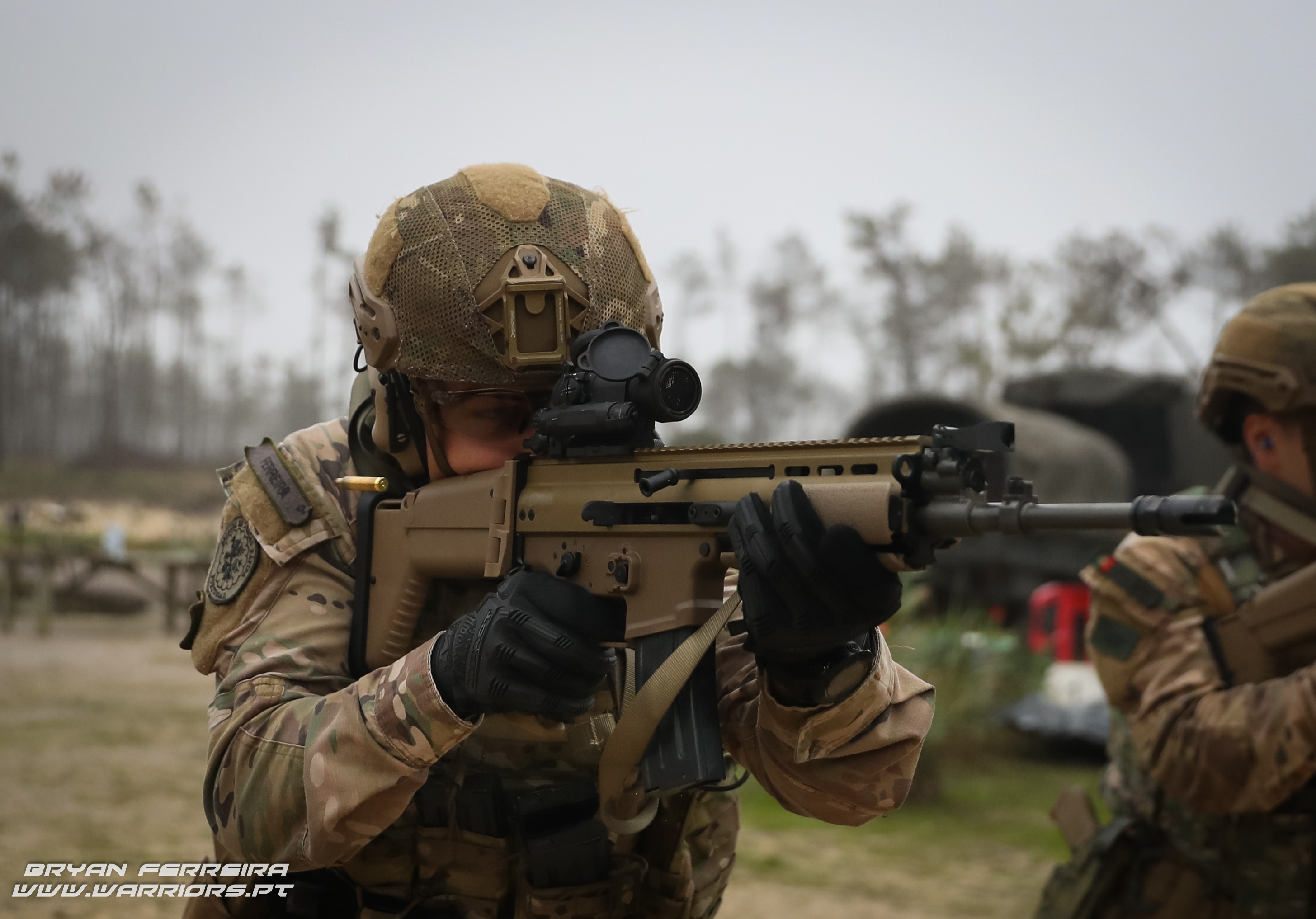 |
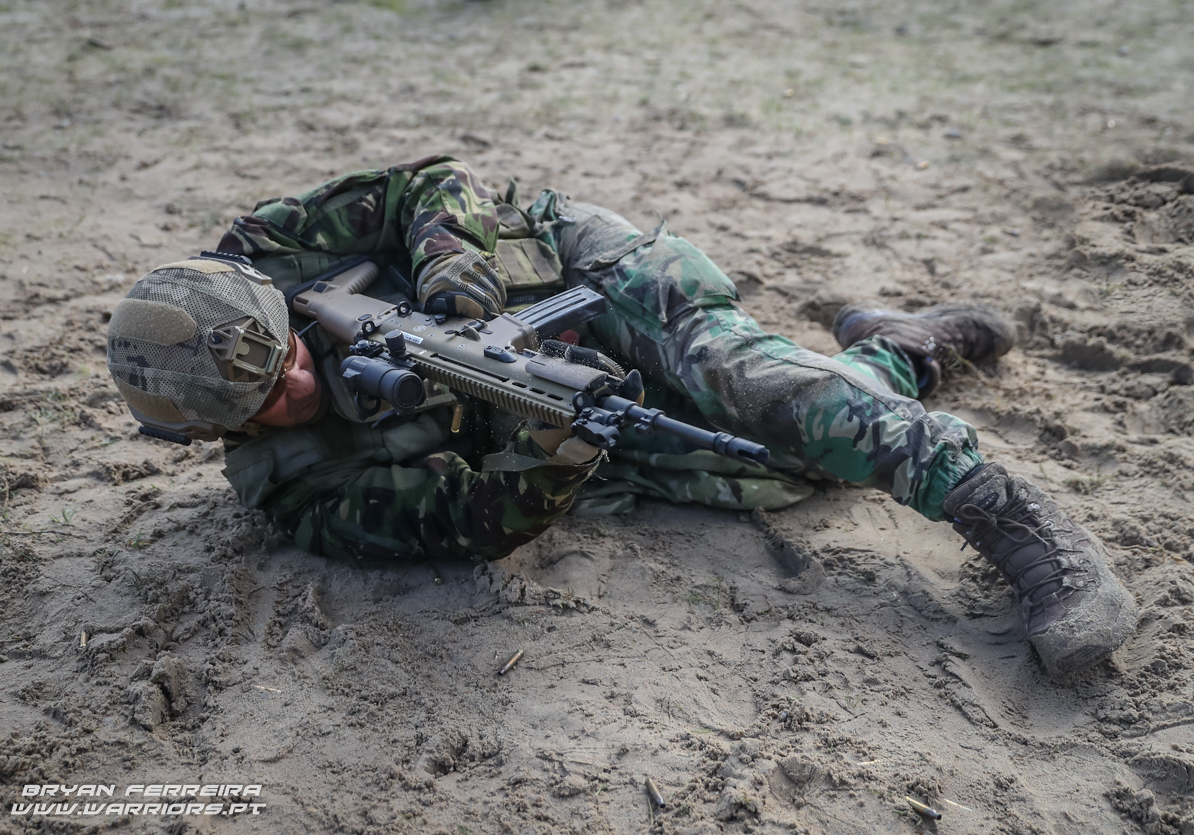 |
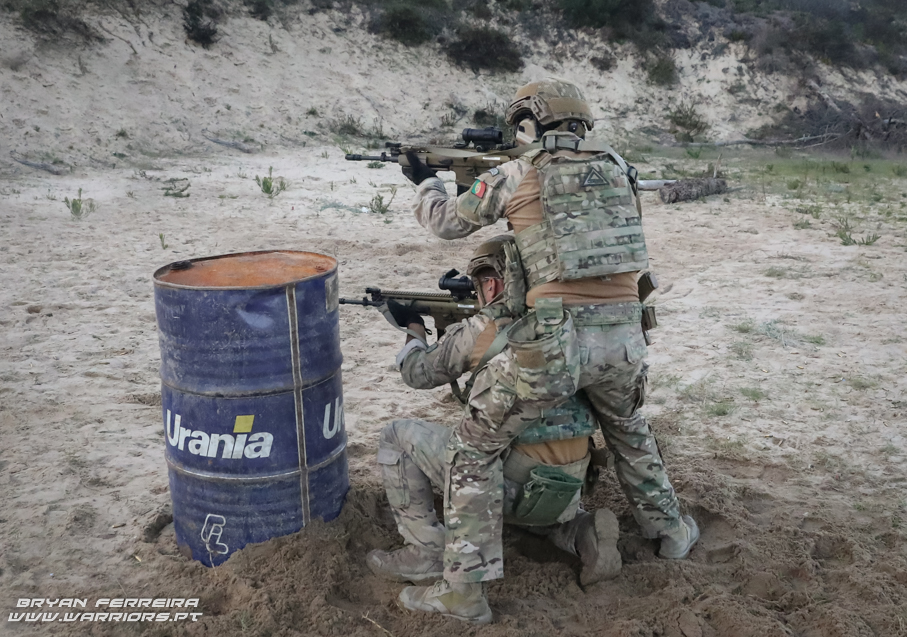 |
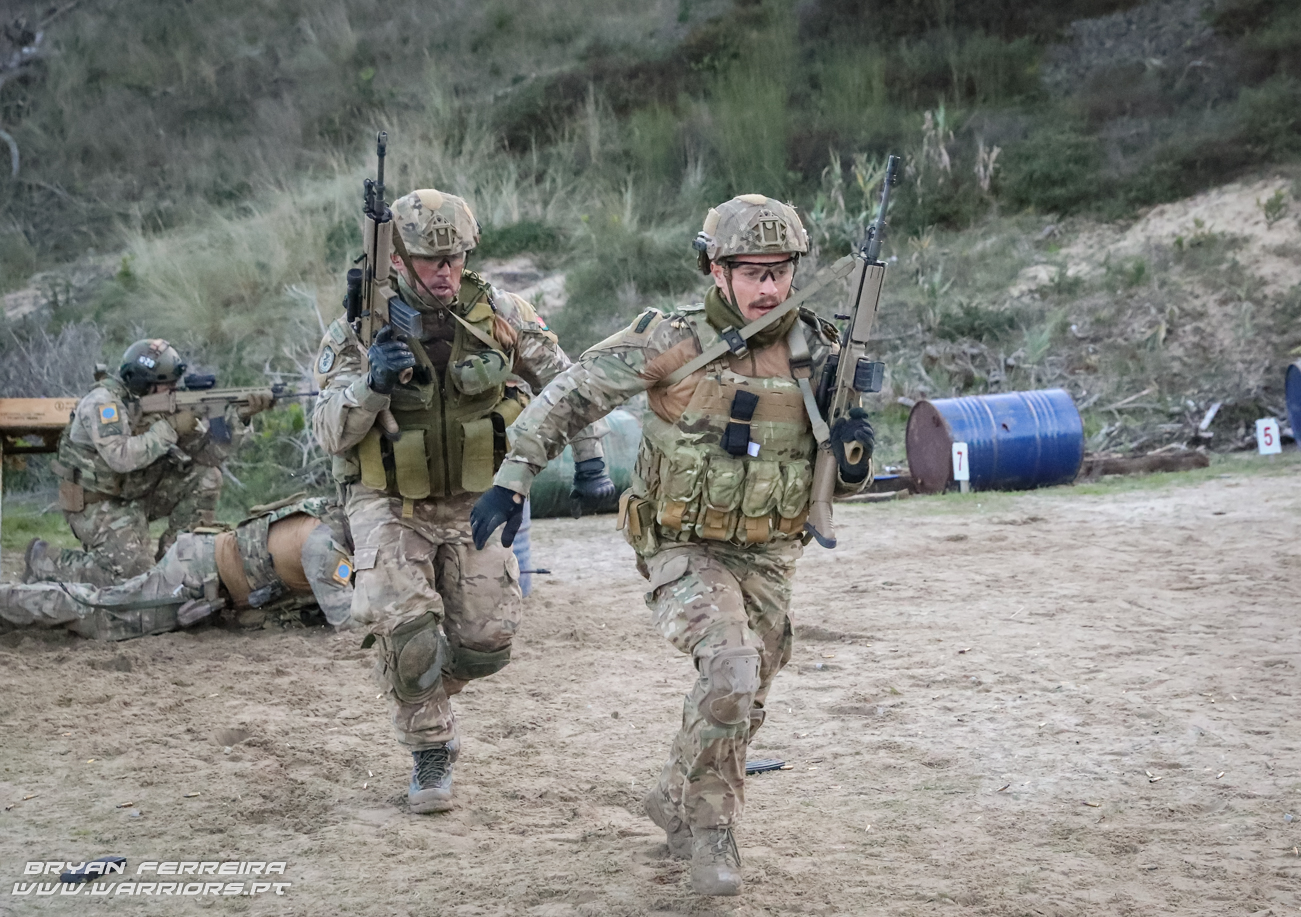 |
Integration into the new armament took place in a very natural way. Paratroopers are the Army unit that has used the standard NATO caliber (5.56x45mm) for the longest time, thus having a shared experience of its great advantages in combat. The FN SCAR make life even easier for our soldiers as they are lighter and more ergonomic than any other weapons in service in Portugal. The Minimi 5.56x45mm is the most widespread light machine gun (ML) around the world, where the MK3 version that came to Portugal is a natural evolution due to operational feedback from constant use in theaters of operations. Although the Portuguese already use the HK Mg4 in the RCA, they immediately noticed significant advantages in the new ML, lighter, more ergonomic for the user (telescopic stock, grip and rails on the handguard), with much less recoil when shooting (almost identical to that of a assault weapon) and with the ability to use the same magazines or drums as the FN SCAR-L (20, 30, 40 or 60 rounds) should the tapes run out.
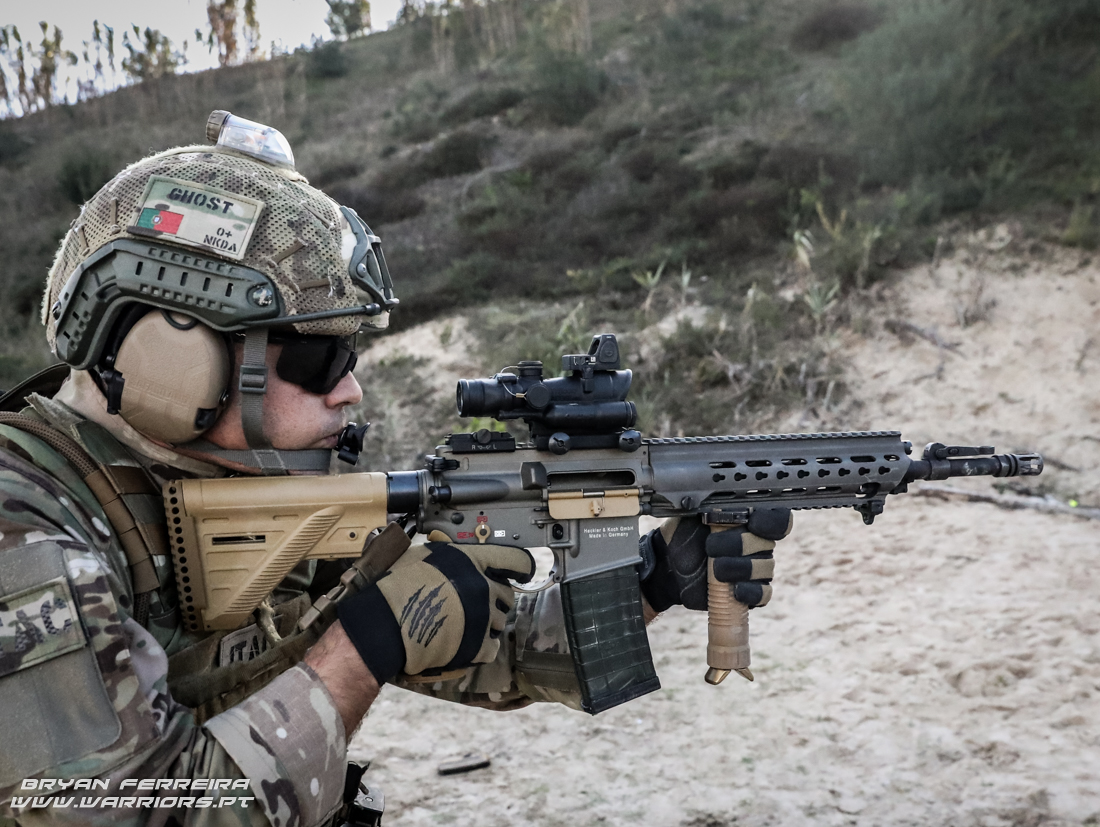 |
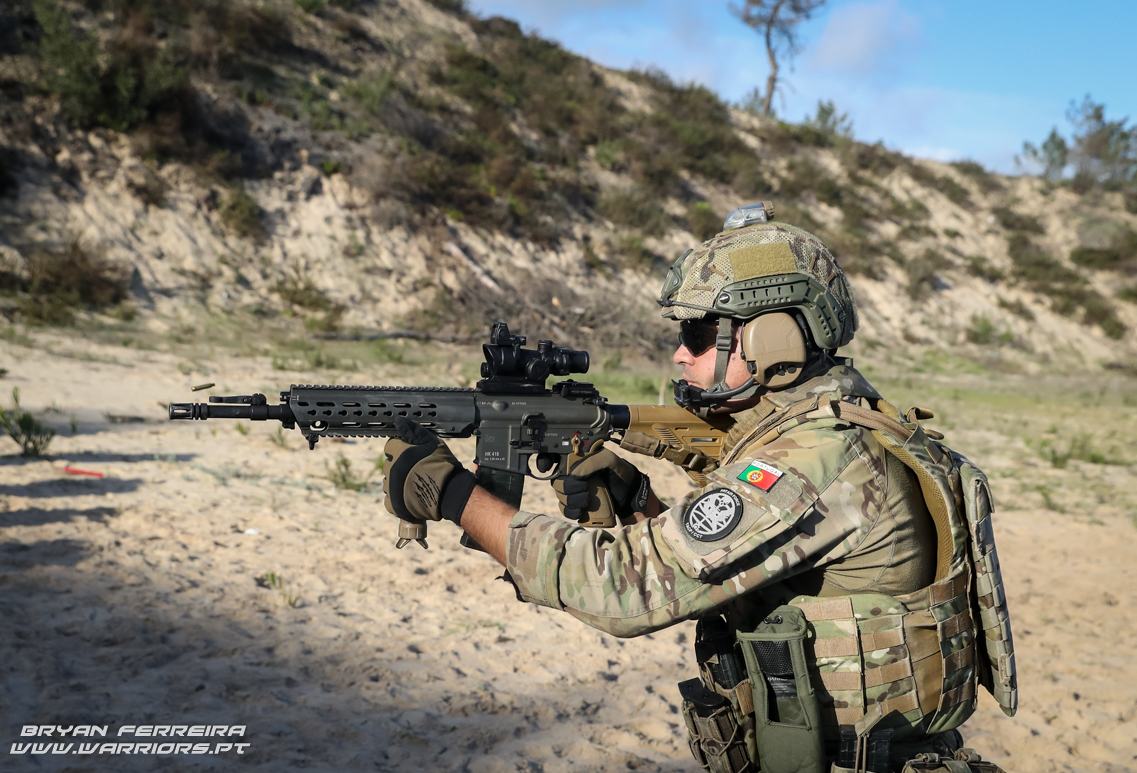 |
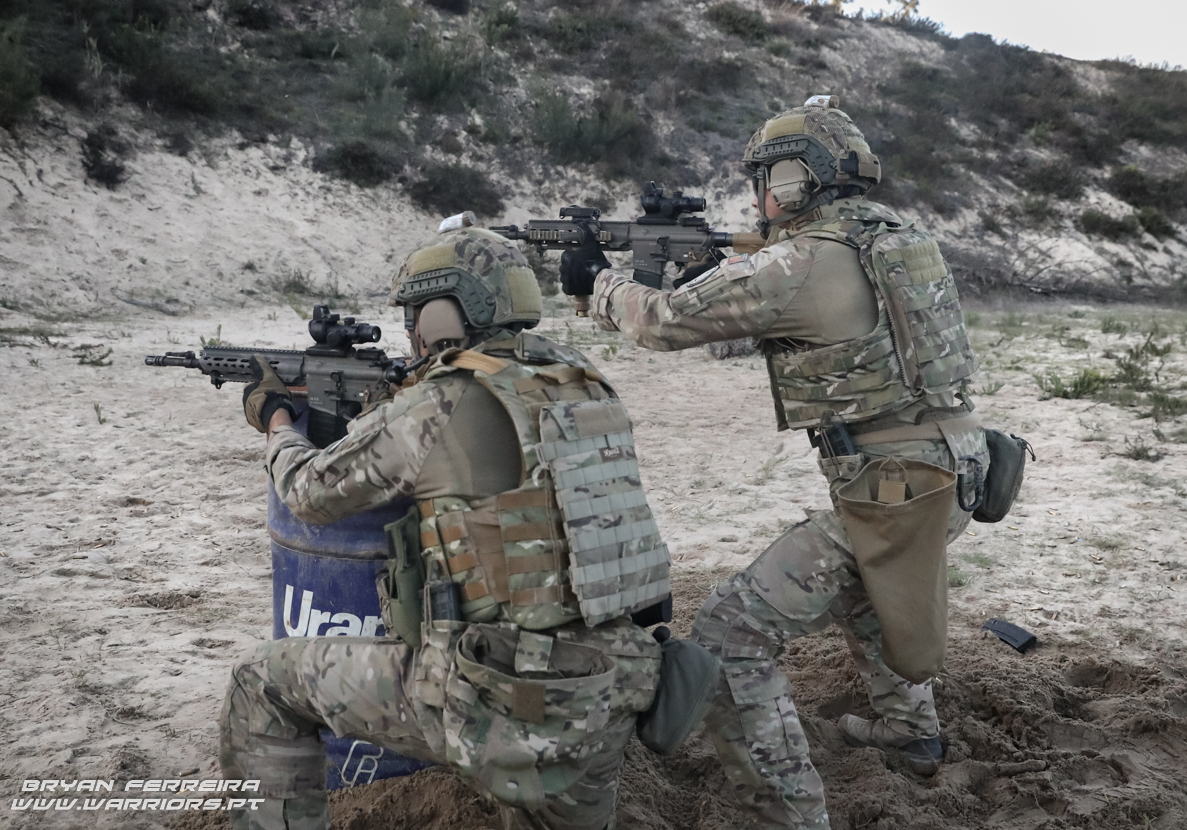 |
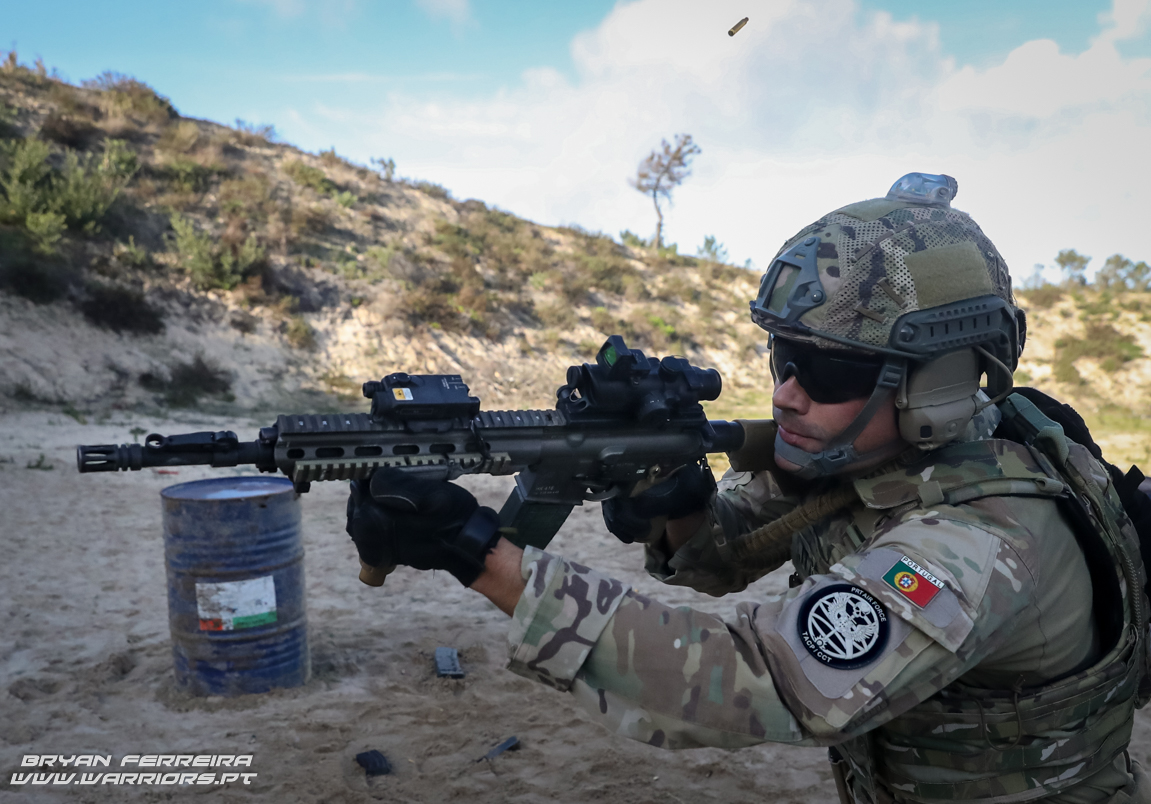 |
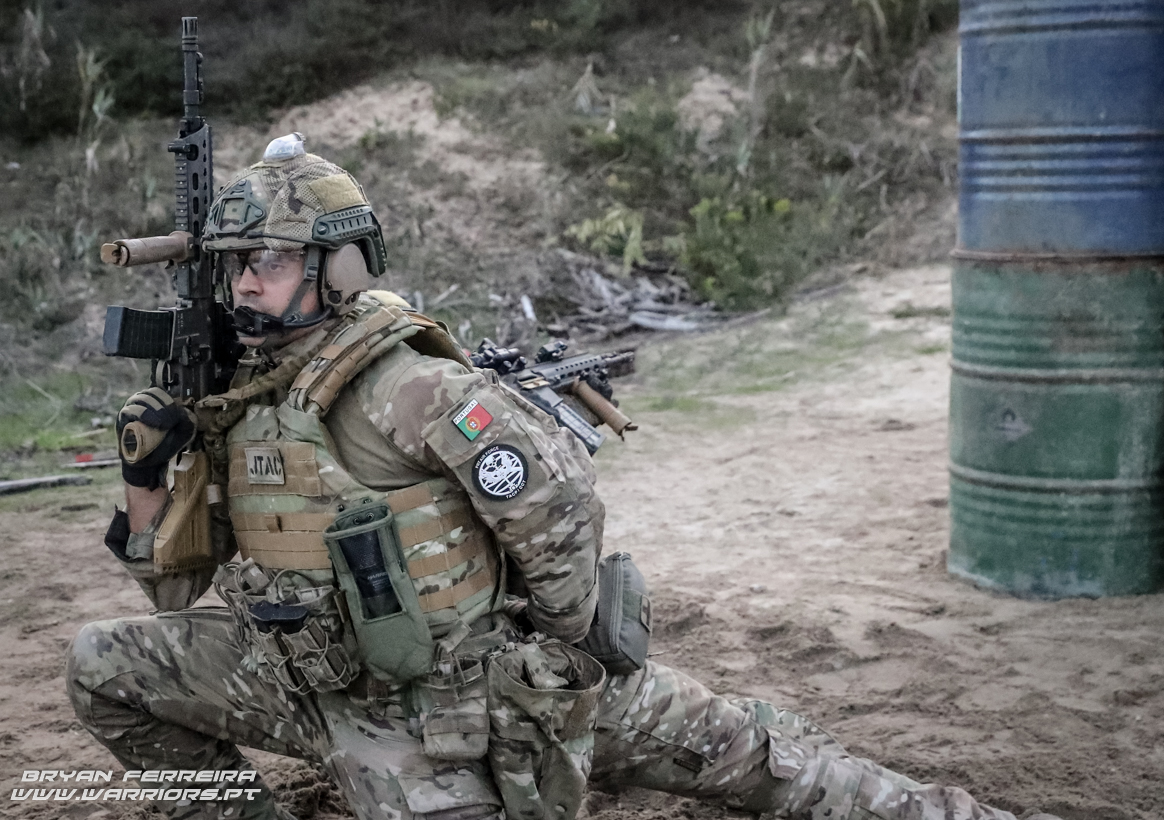 |
The elements of the TACP (Tactical Air Control Party) of the Portuguese Air Force that will integrate the mission in RCA were also present at this training. Weapons interoperability capability between these elements and the rest of the Force is now a reality with the new weapons. The FAP military are engaged shoulder to shoulder with the QRF and have on numerous occasions had to resort to their individual weapons to defend themselves from attacks by armed groups. Your biggest weapon is your radio to coordinate air support, but when things heat up your only means of defense are your assault rifles and pistol that have to be ready to react to the second. These soldiers took the opportunity to get to know the new Army weapons with which they also trained and were even reluctant to have to return them at the end of the day, such was their excellent performance during all the days of exercise.
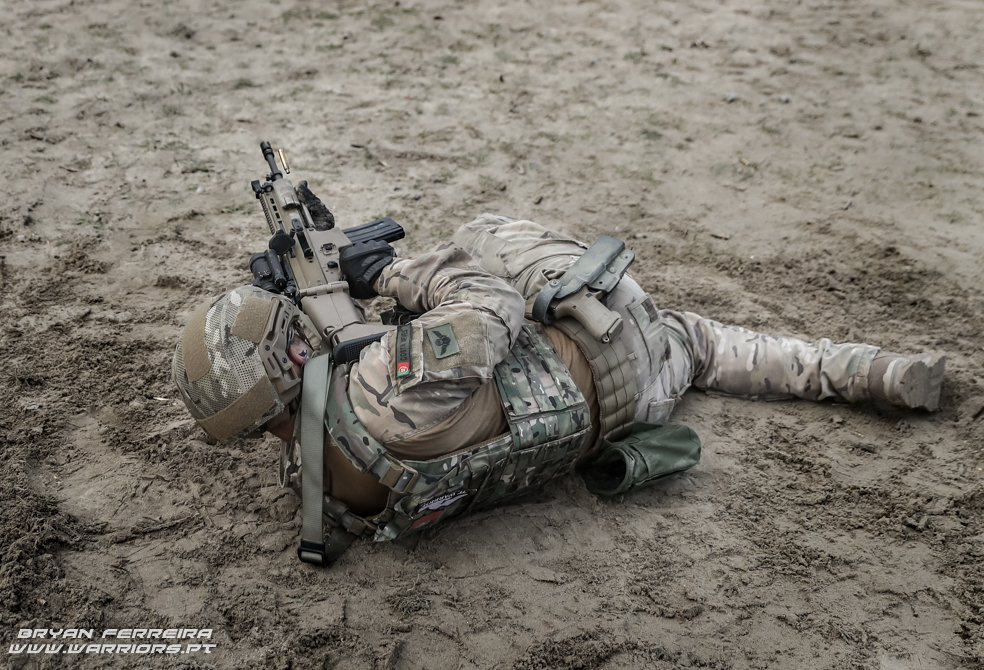 |
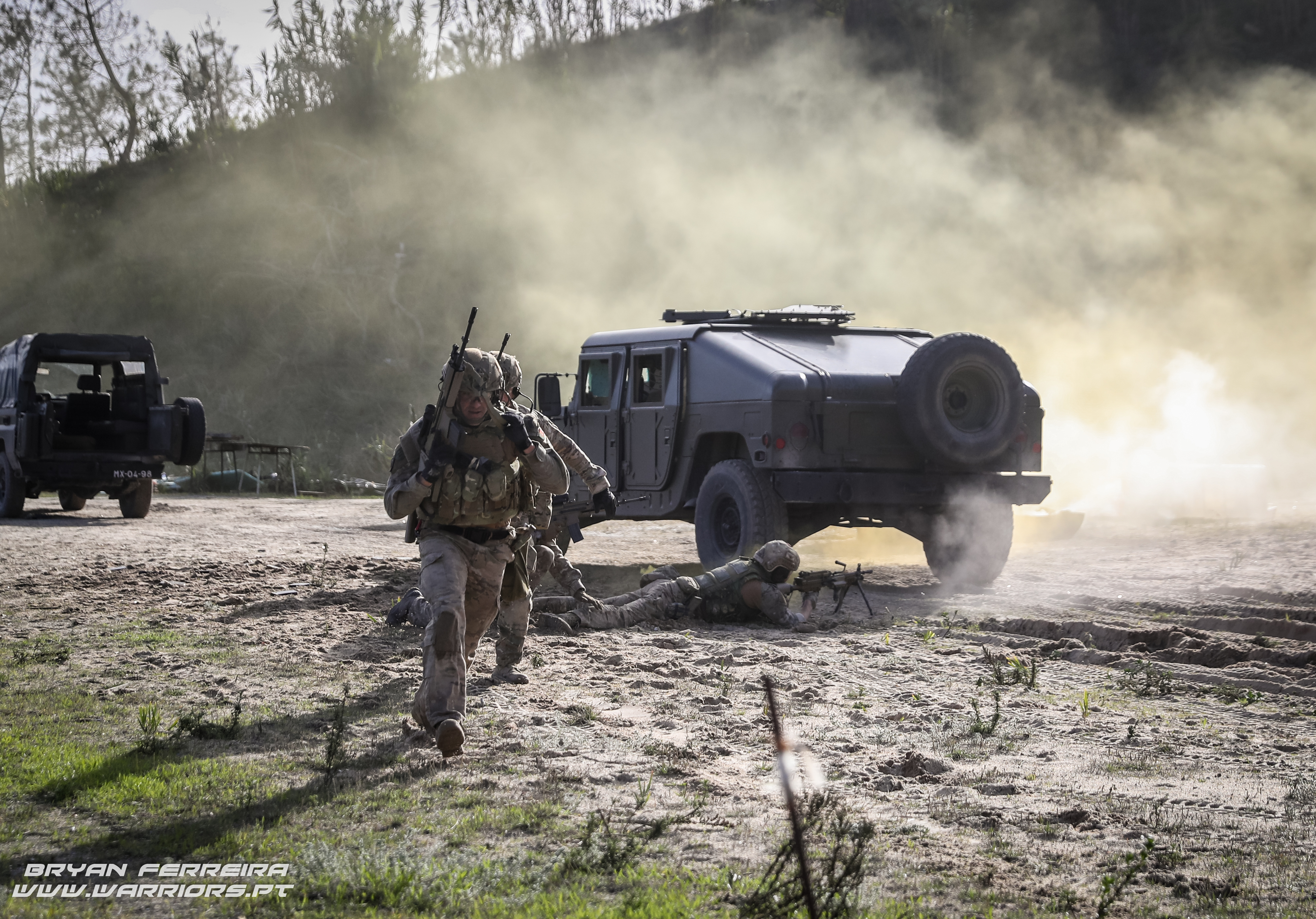 |
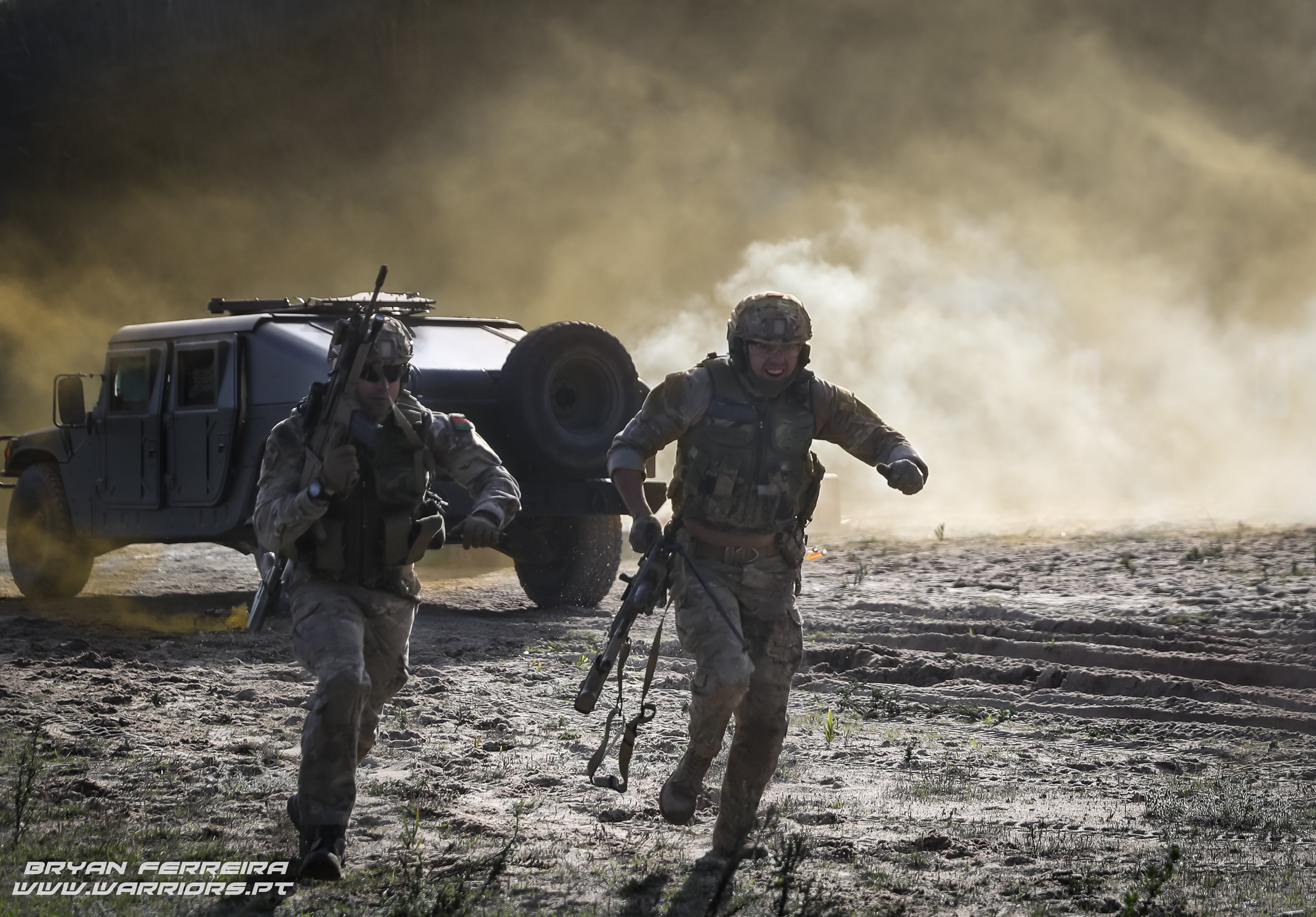 |
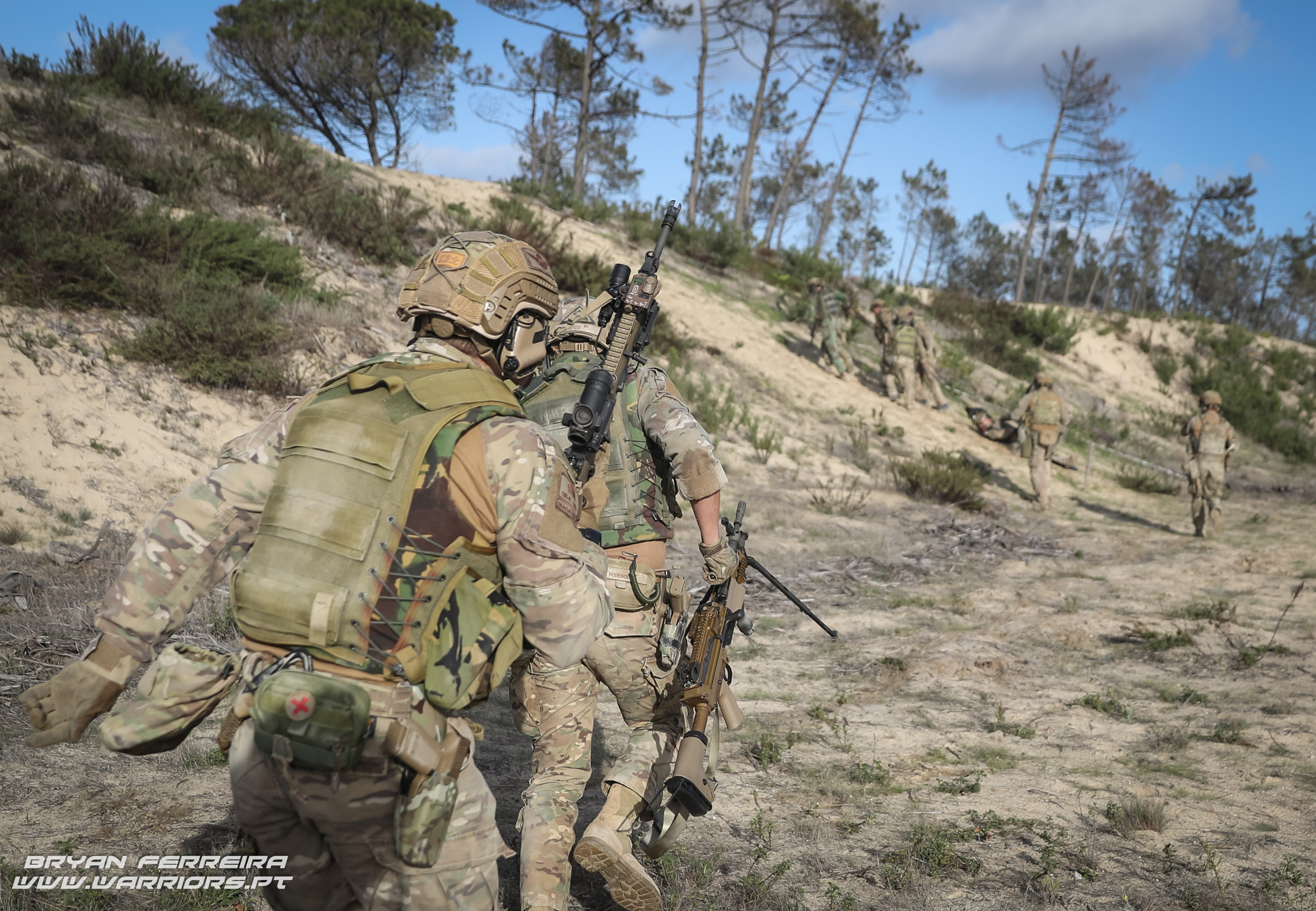 |
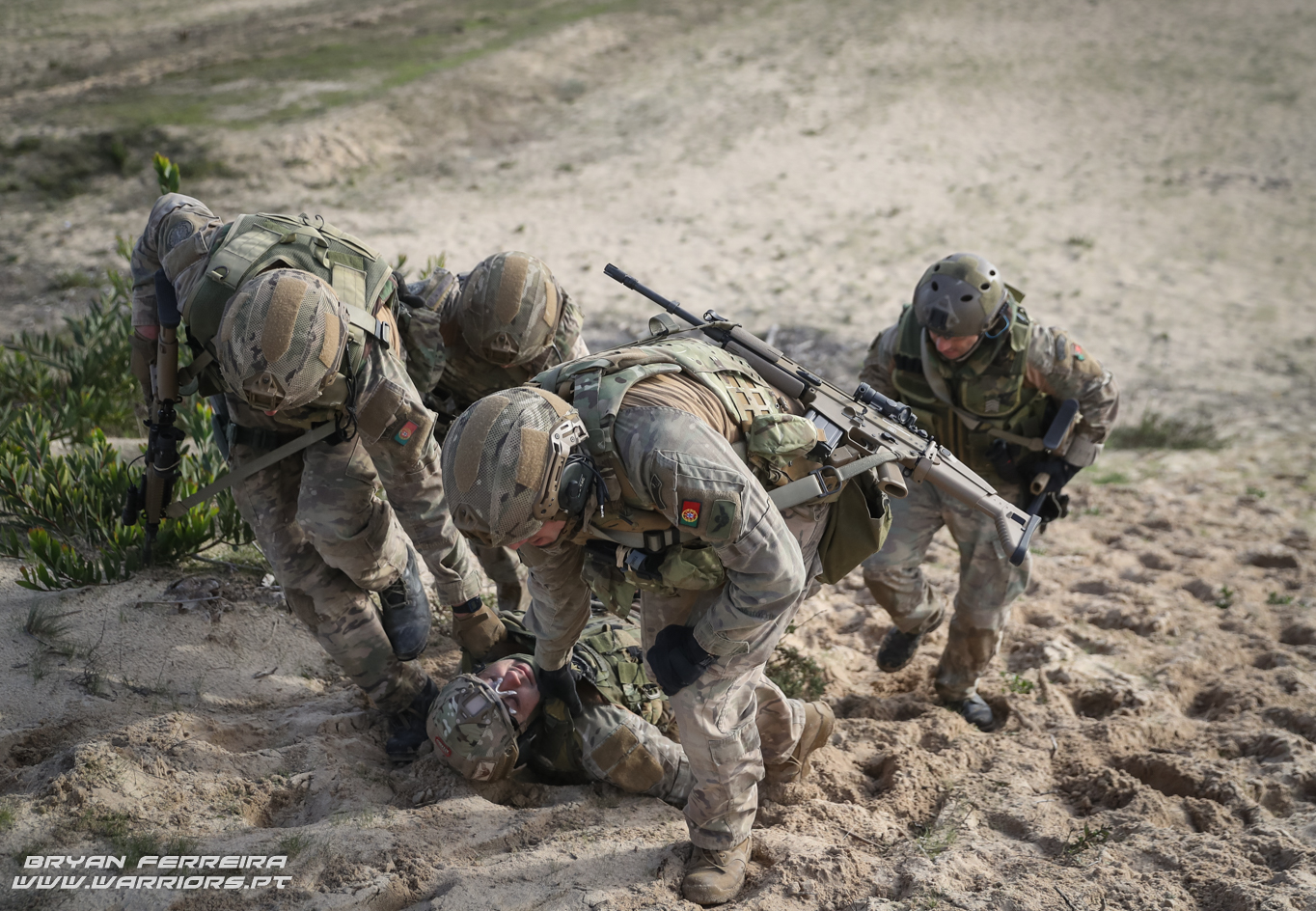 |
At the end of a few hours of perfecting the use of the new weapons, the force began to dedicate itself to the integration of Care Under Fire techniques into combat training. The CUF procedures are the first phase of the three stages of the TCCC (Tactical Combat Casualty Care) – Care Under Fire – CUF, Tactical Field Care – TFC and Tactical Evacuation Care – TACEVAC. A unit's TCCC capabilities have proven crucial in all conflicts over the past decade. Thousands of lives have been saved due to the increased capabilities of the military with this type of training and who are integrated into combat units. These soldiers do not intend to replace Doctors and Nurses, however, it is not possible to have these specialized personnel in all combat situations and thus avoid engaging them in the battlefront. With the creation of Combat Life Savers, Ranger Medics, SF 18D, Pararescue, etc., the operational units are able to have, in the front line, personnel with basic knowledge of Combat Medicine that allow to stabilize certain injuries that would put at risk of life a military wounded.
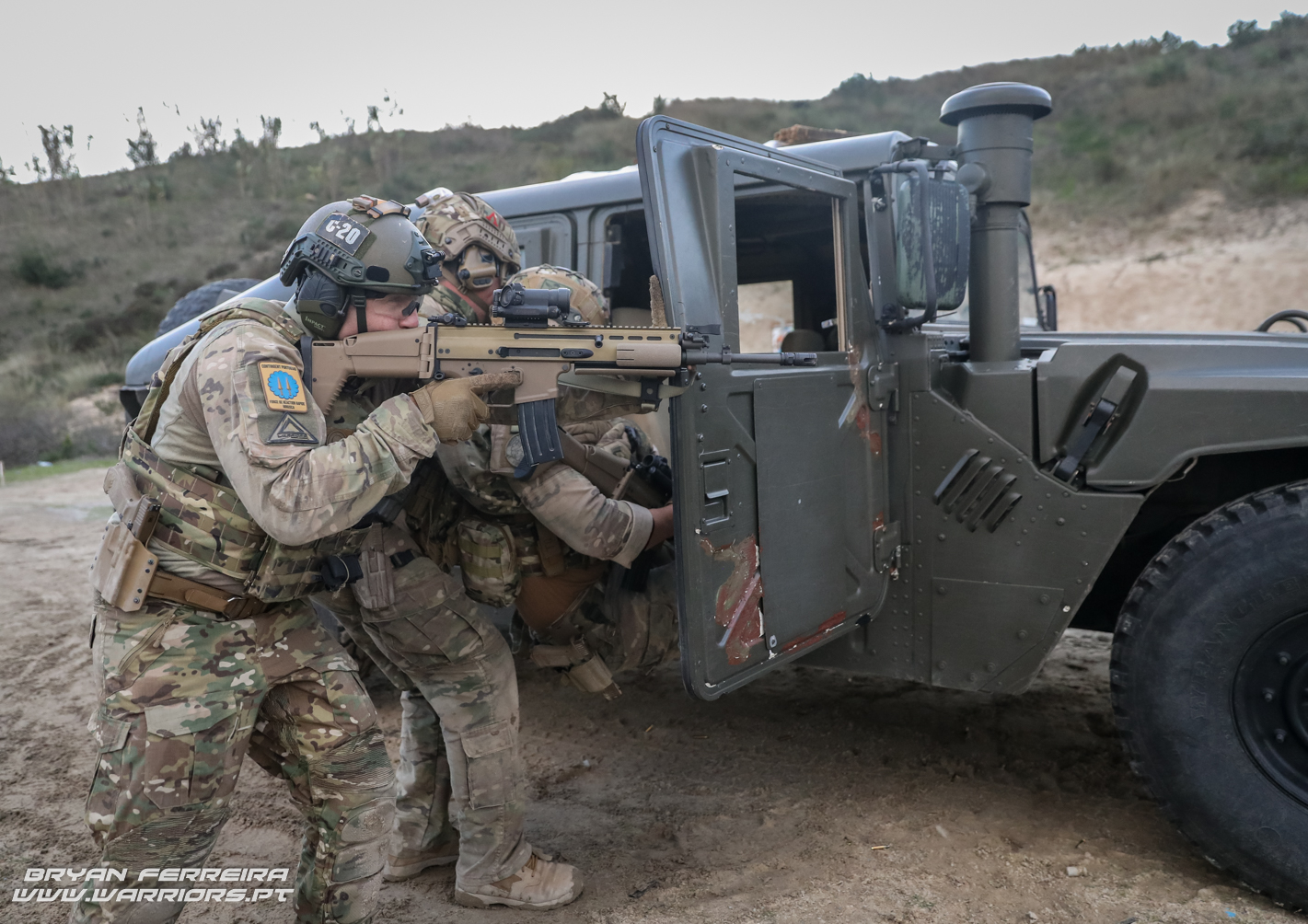 |
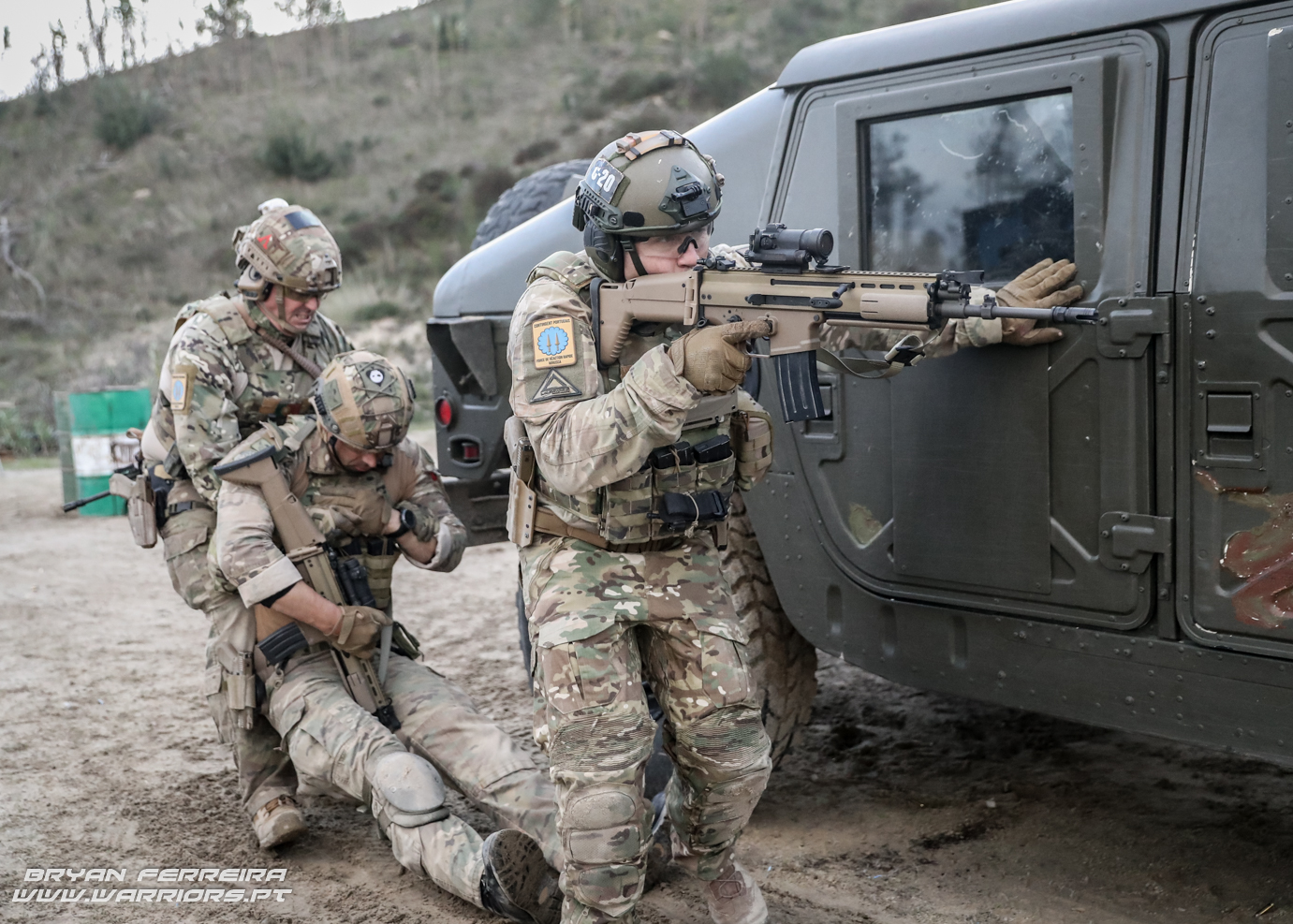 |
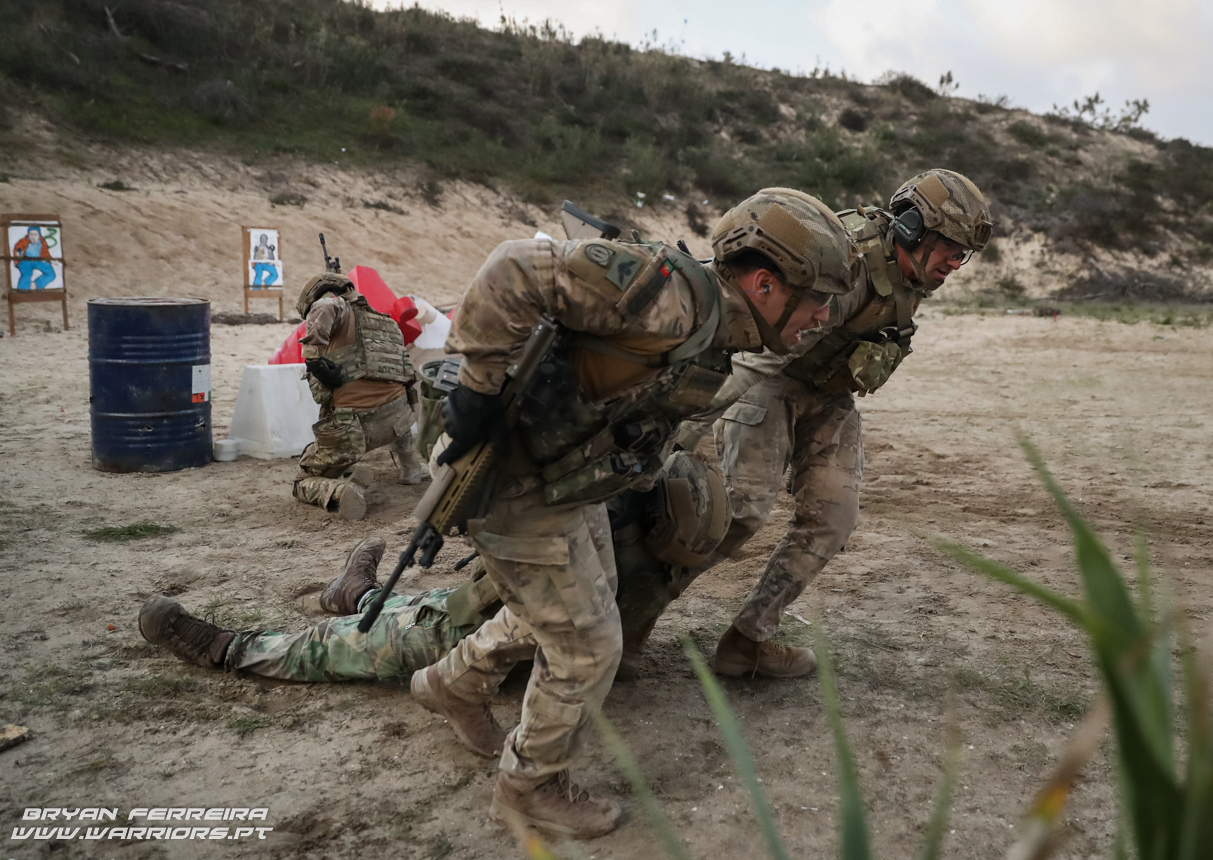 |
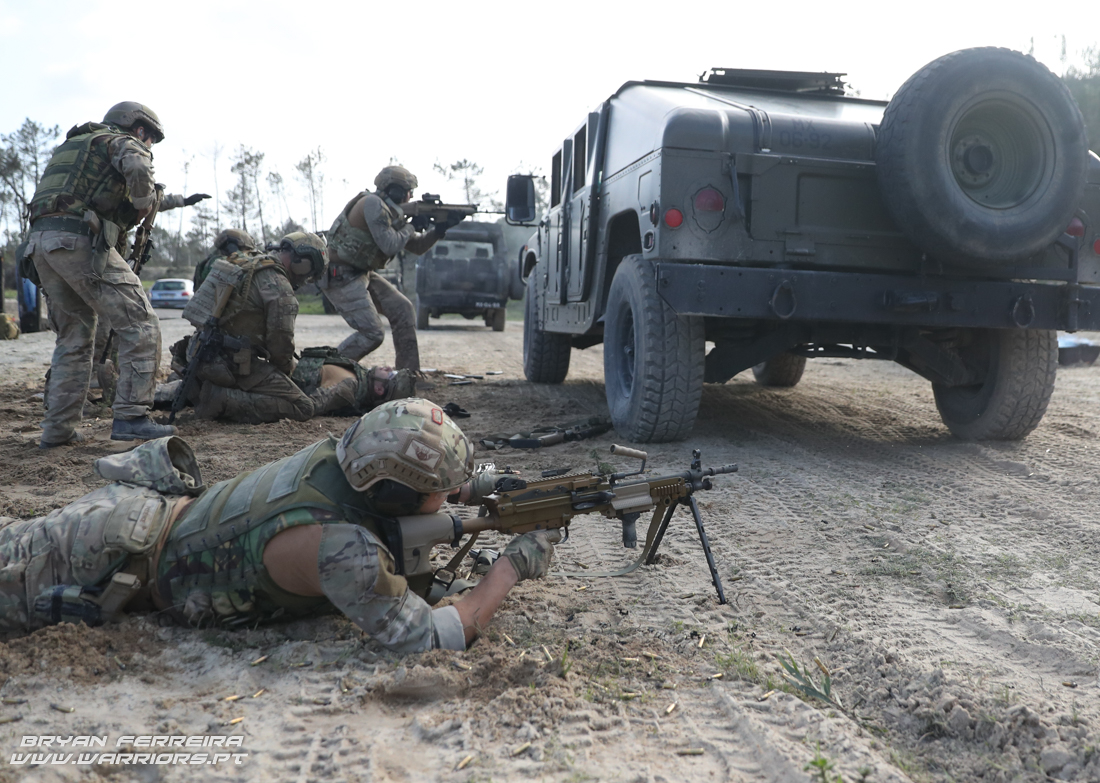 |
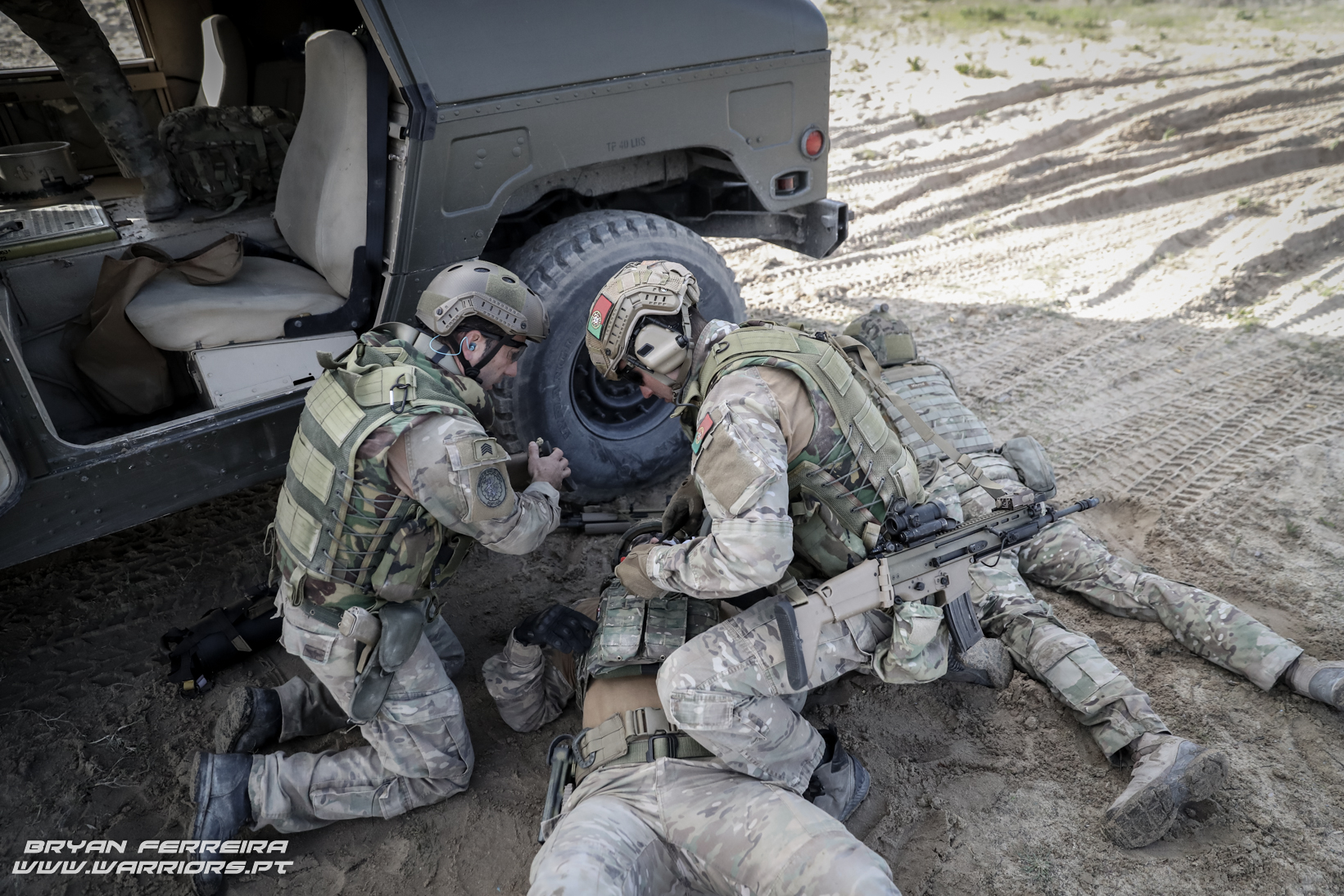 |
In the case of the CUF, we are talking about the initial phase, in which the wounded soldier is exposed to direct or indirect fire by the enemy. Which makes any procedure complex and extremely dangerous. The 2ºBIPara's military aims to ensure that all soldiers who are part of the maneuver unit are able to carry out the basic procedures of this phase, which could save the life of an injured soldier until they manage to evacuate him to specialized personnel.
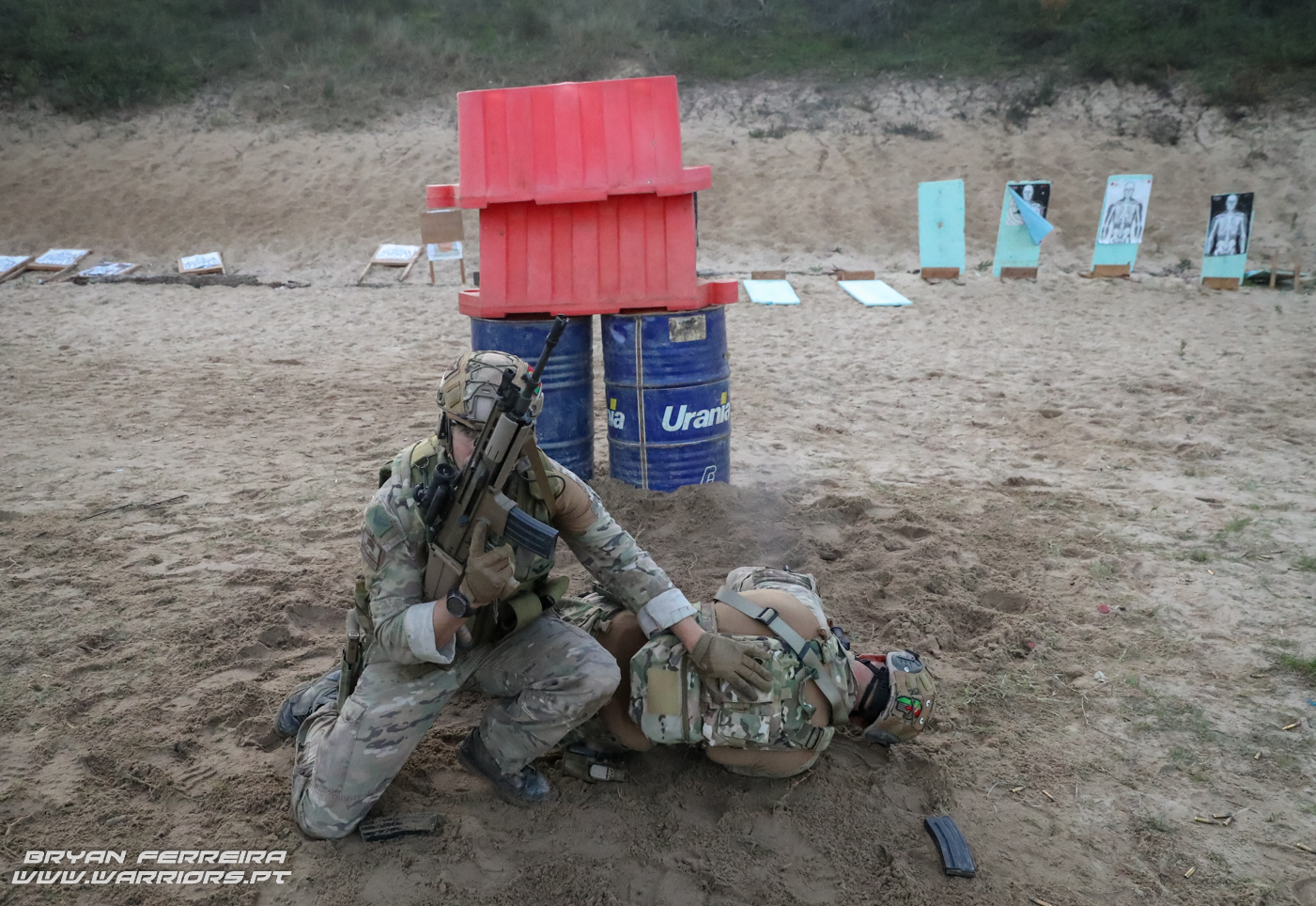 |
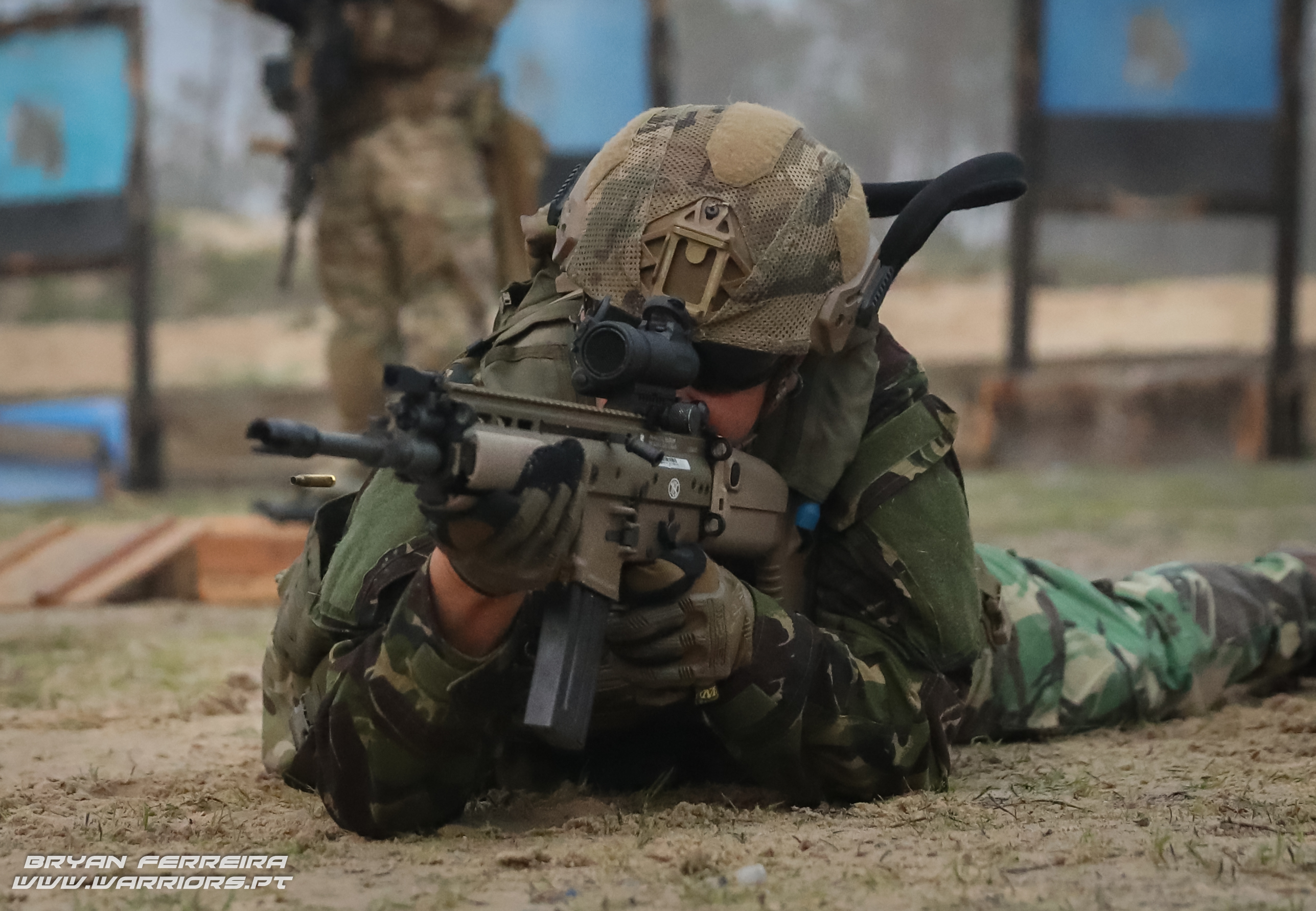 |
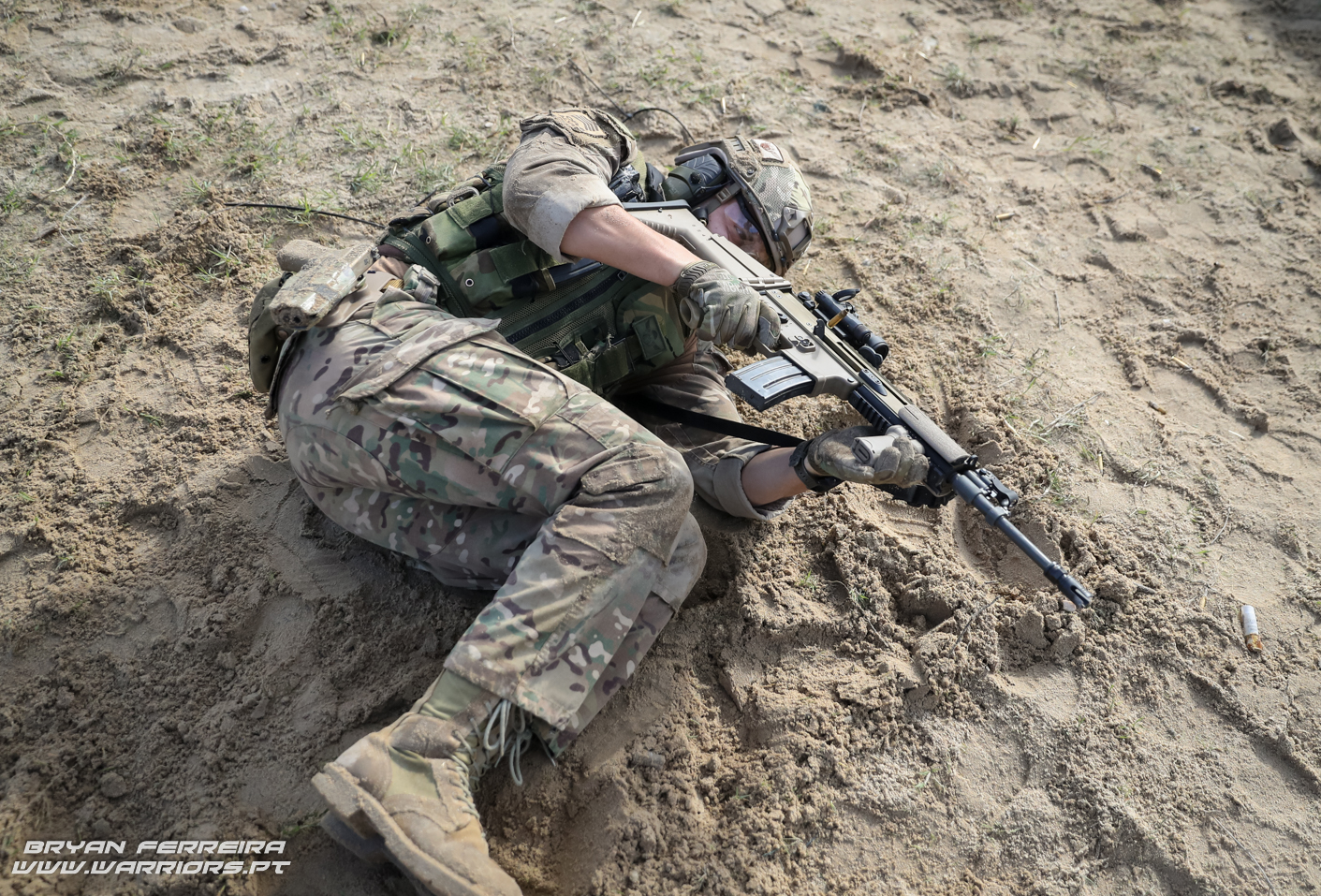 |
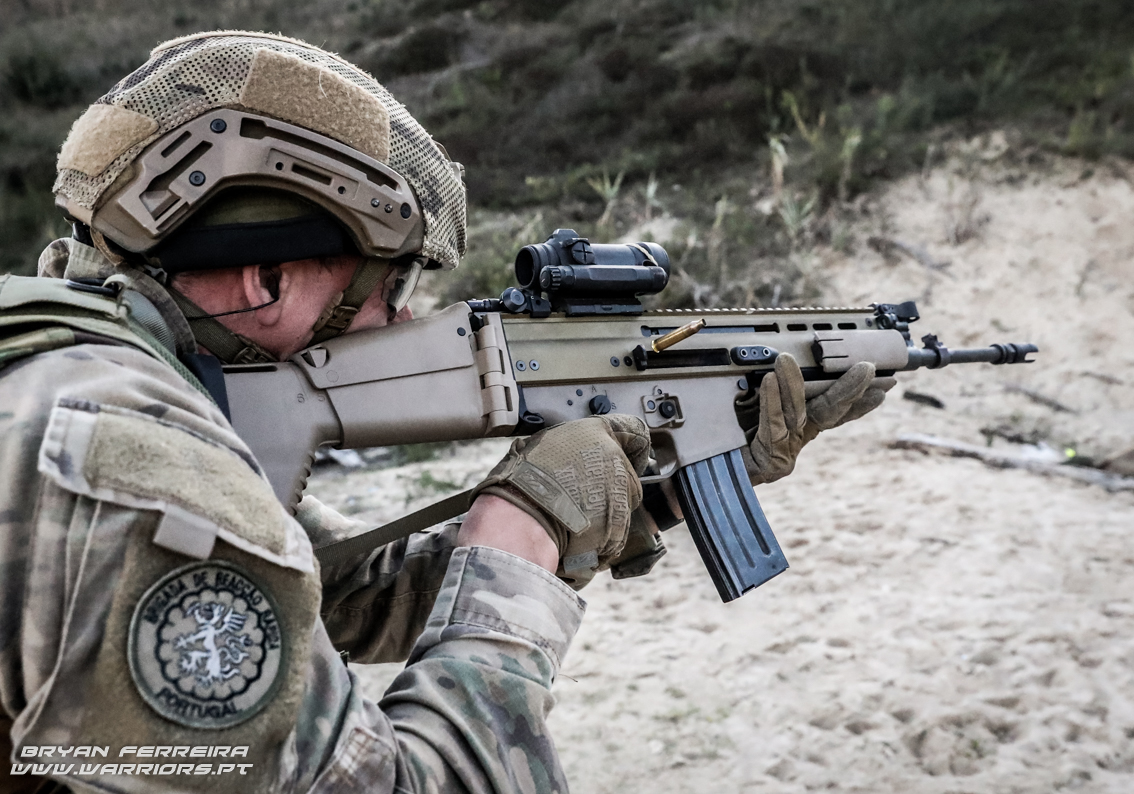 |
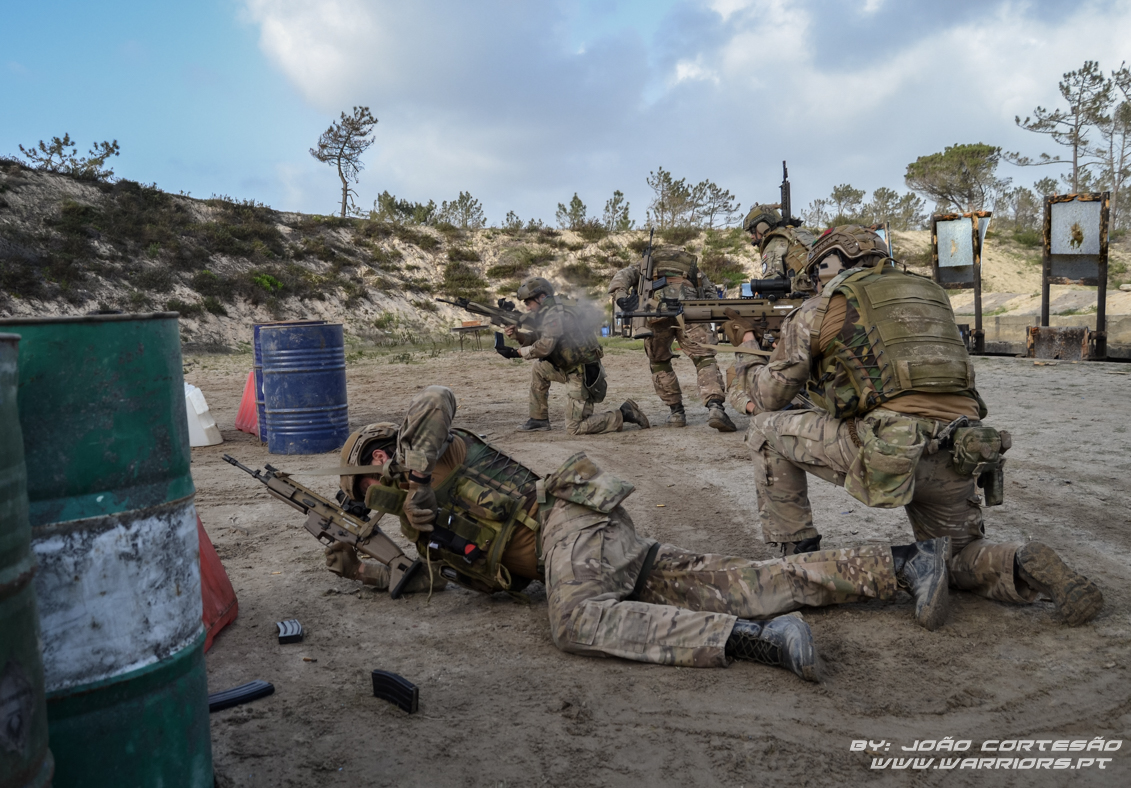 |
Due to the increase in the threat capabilities of armed groups in CAR, vehicles, although armored, are increasingly at risk. During the exercise, procedures were carried out to recover the injured from inside vehicles, as well as their boarding. Also the recovery of wounded in uncovered areas and placing them in more protected areas was trained. The 2nd BIPara has a very sharp Mindset for high intensity Combat and in all maneuvers imposes its firepower in order to obliterate any enemy that has the audacity to cross its path. This is absolutely essential when we have wounded involved in the maneuver, the 1st Medical procedure is to destroy the enemy so that there is no possibility of having more wounded when helping our comrades. The best Combat Medicine is firepower, and new weapons have come to do just that. The combination of the SCAR-L with the Minimi 5.56 greatly increased the firepower of the Portuguese Army, it is now possible to beat the enemy by fire for much longer with a much higher Hit Probability and with interoperability between the weapons themselves. , in a logistical chain that can use a single caliber for the military on foot and the same carriers between all.
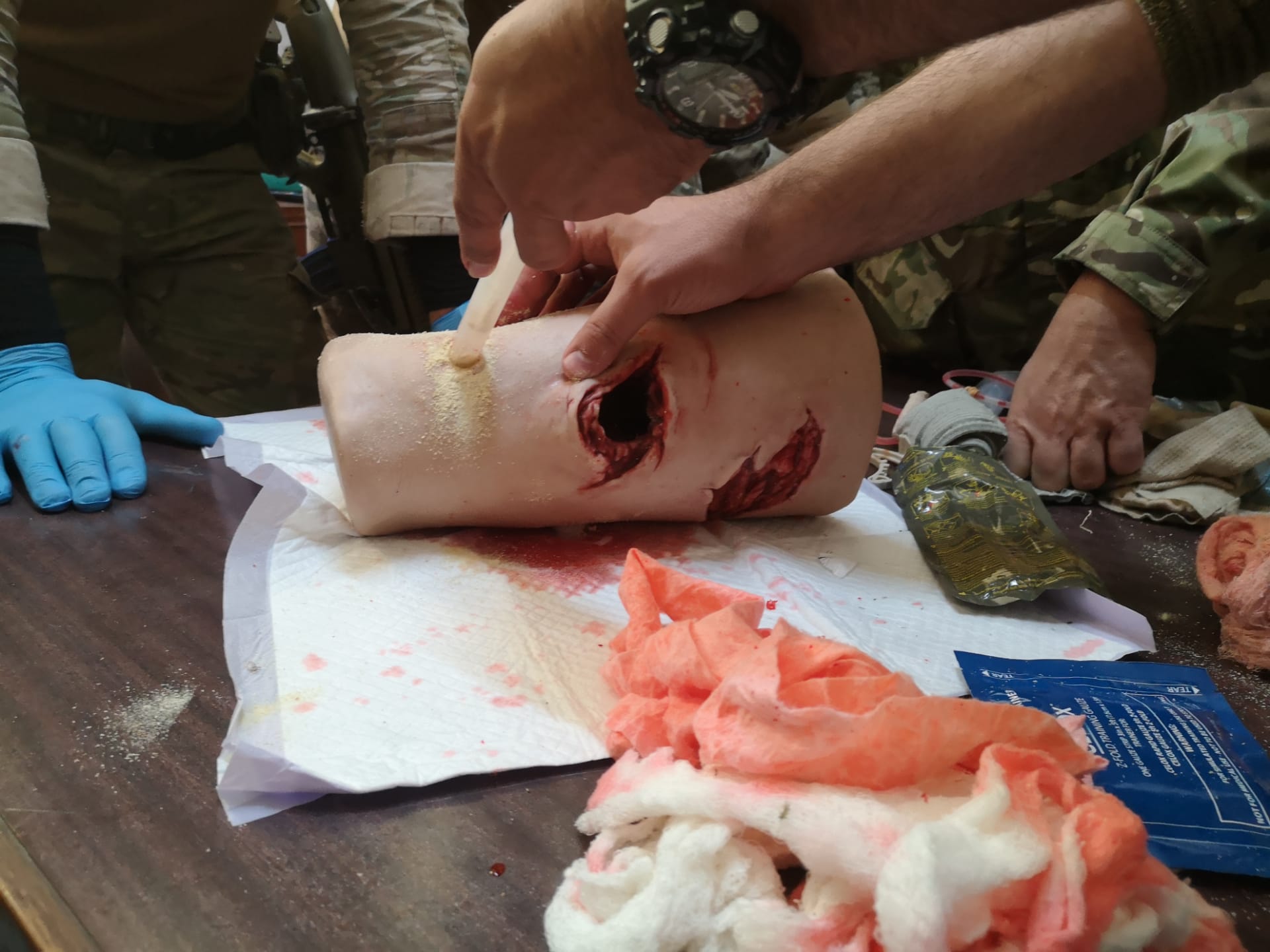 |
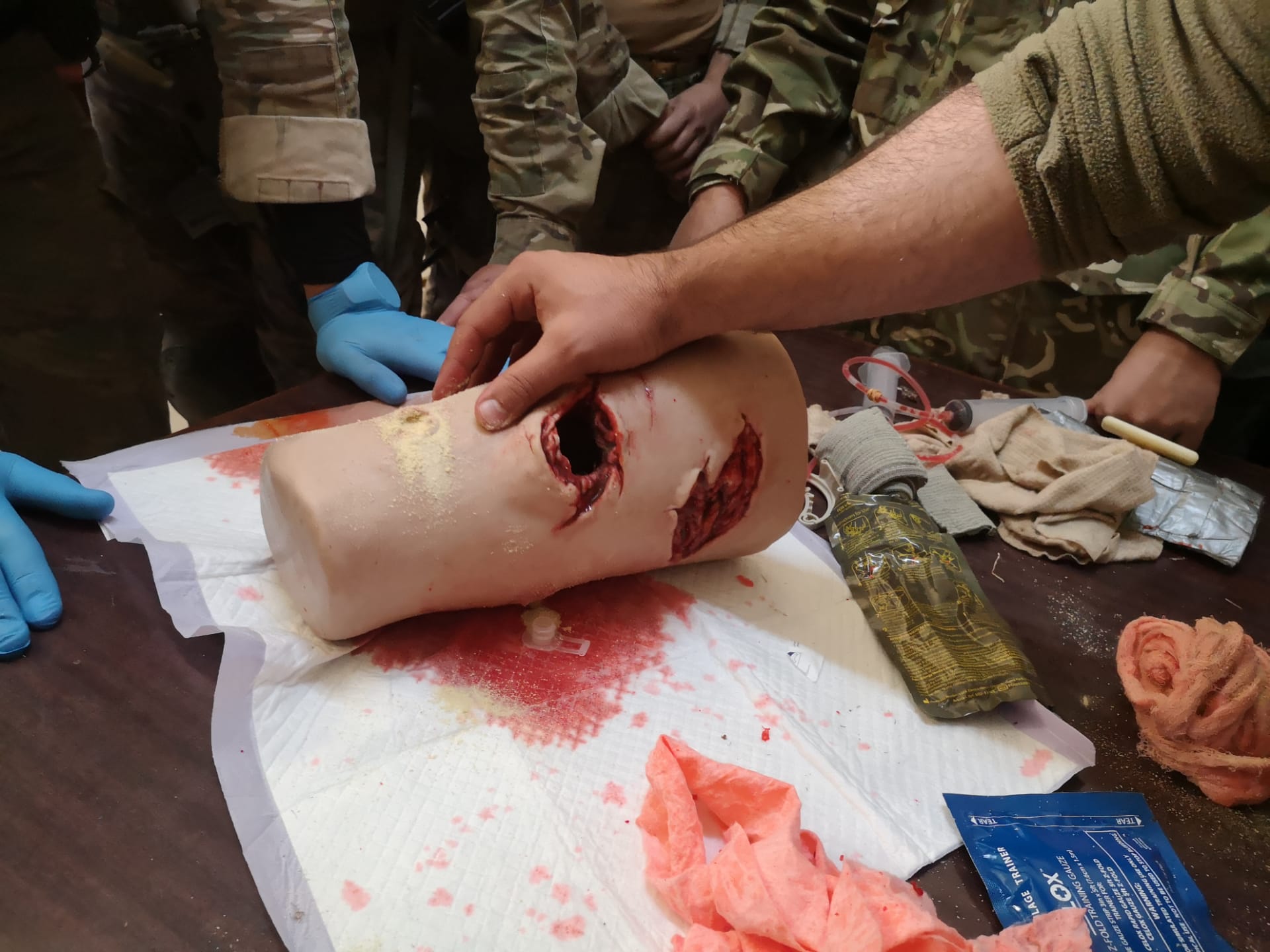 |
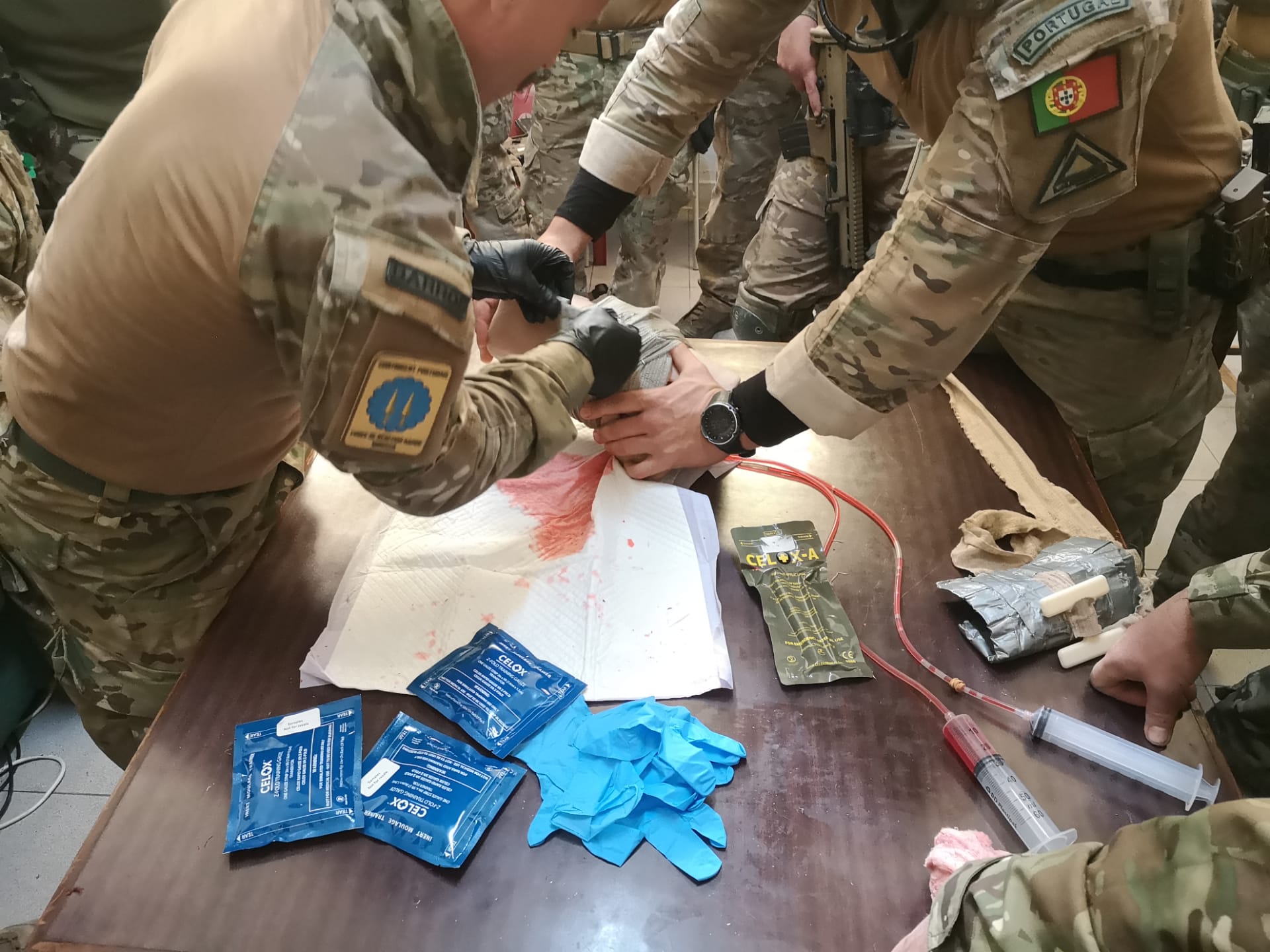 |
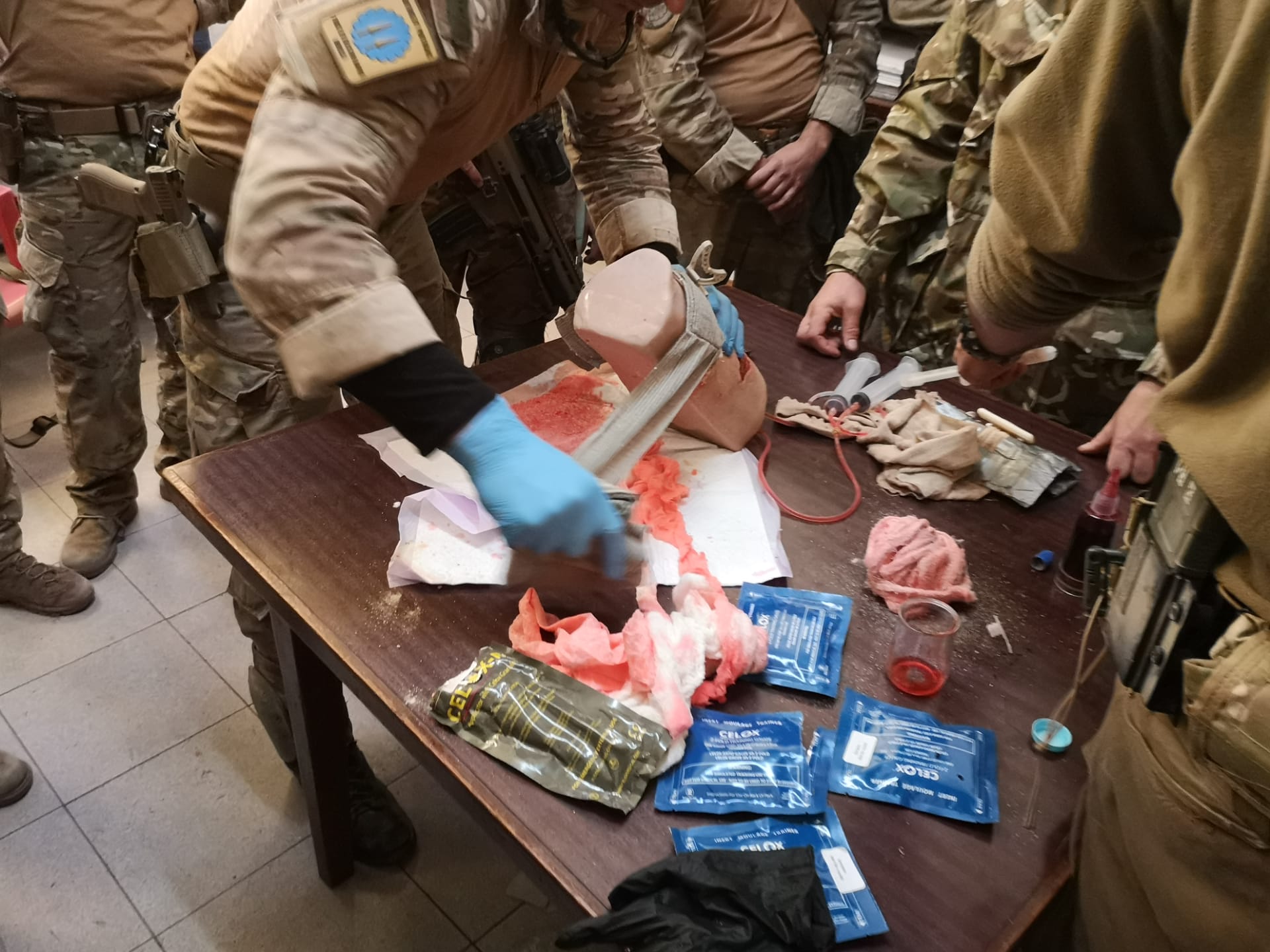 |
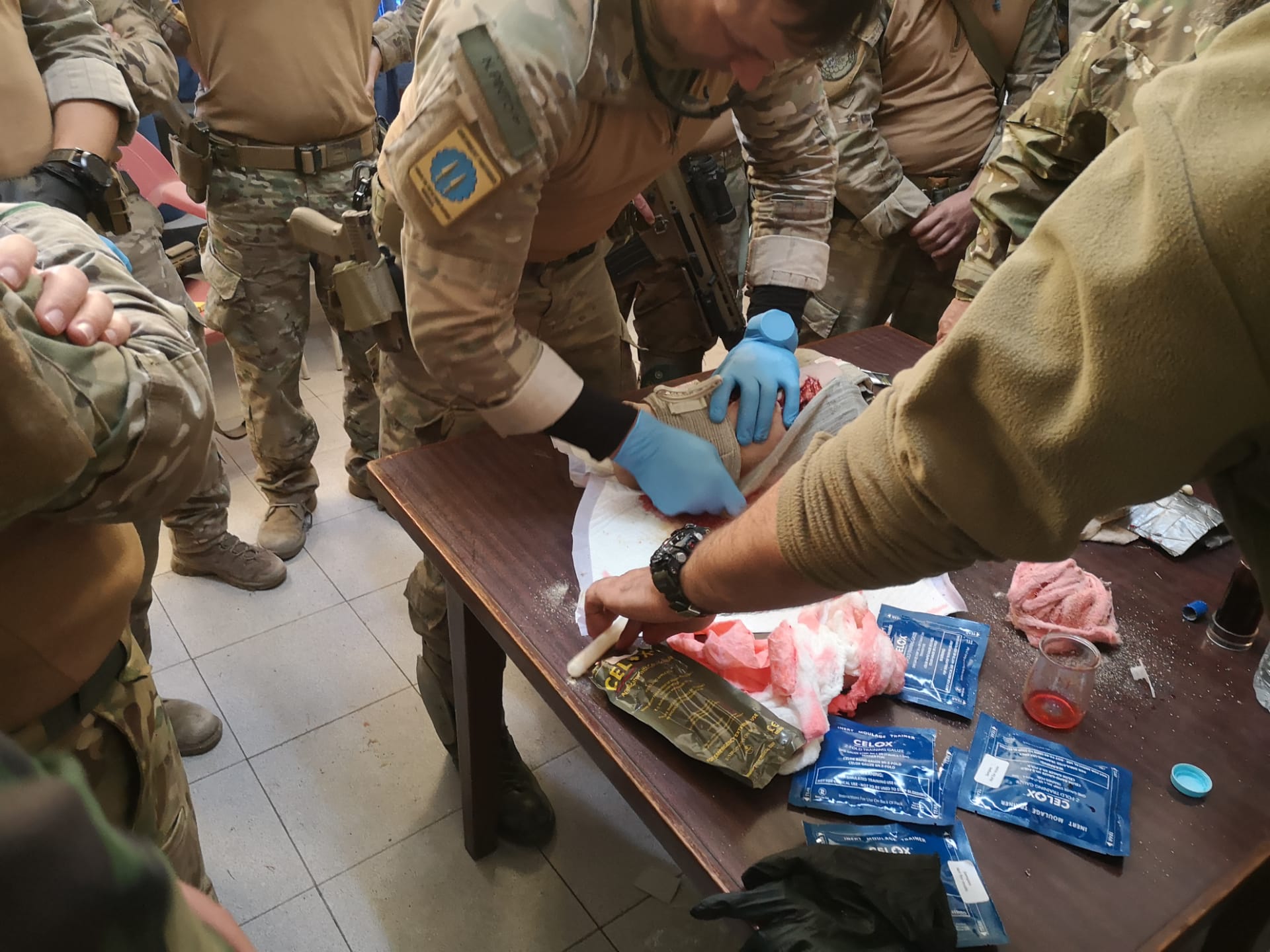 |
In the theoretical part of the CUF training, the procedures were mostly related to the control of serious hemorrhages that could put an injured military person at risk of life. In case of certain injuries a human being can bleed so quickly that in about three minutes he dies, so you need to be prepared to perform certain procedures under fire in order to control these bleedings.
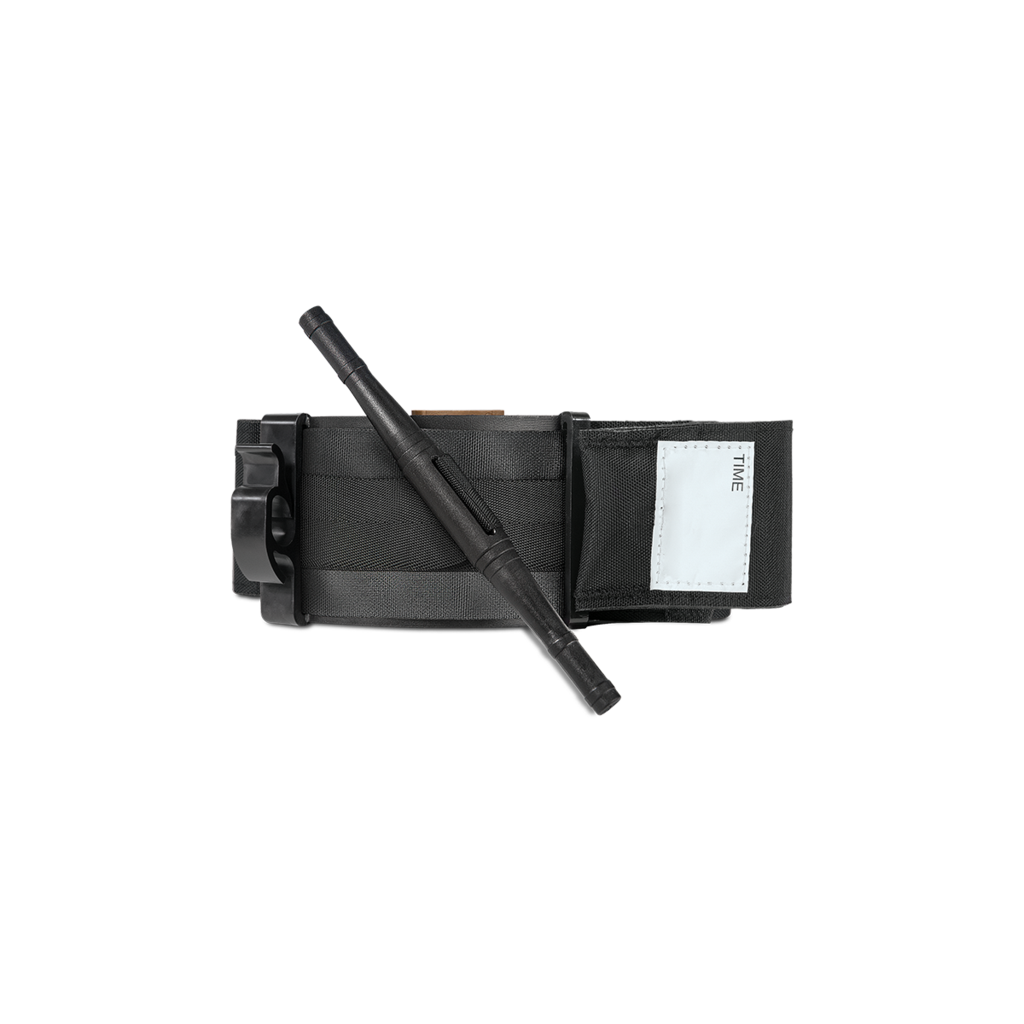 |
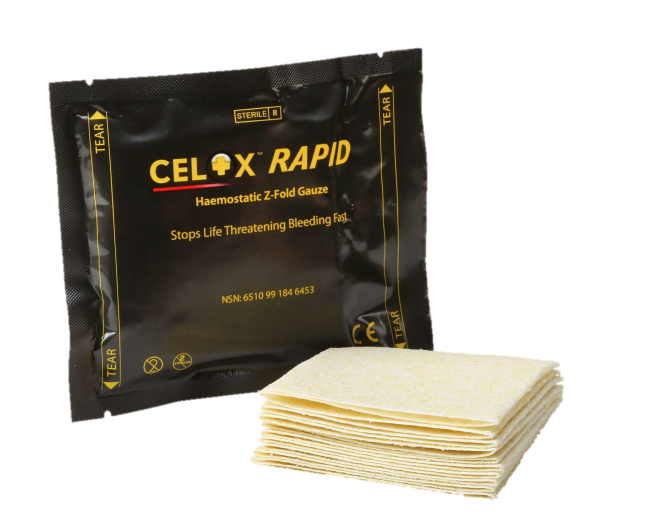 |
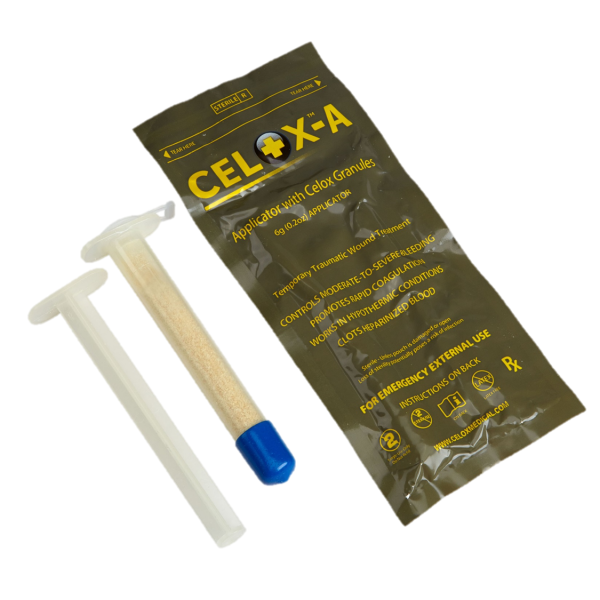 |
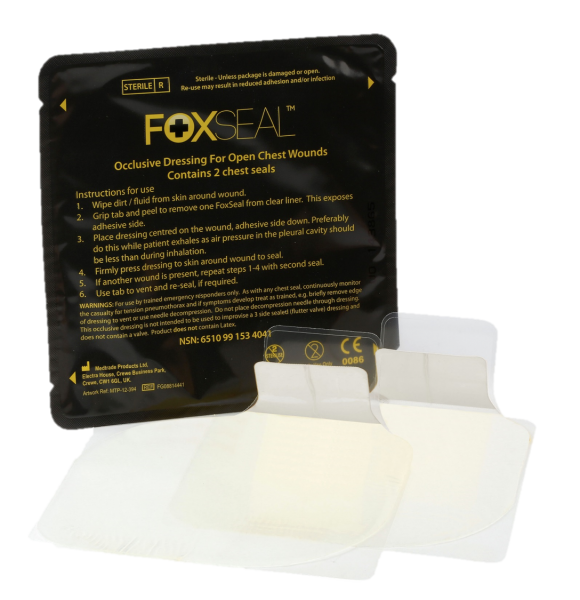 |
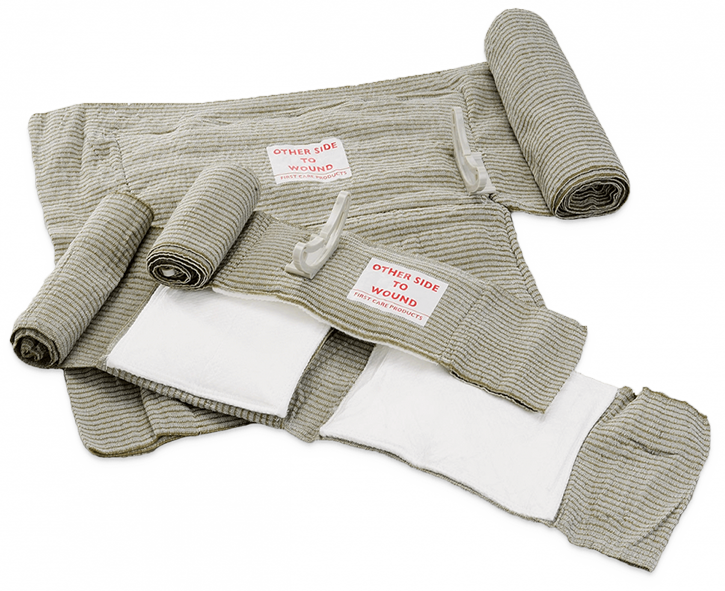 |
These military personnel focused on the use of Tourniquets (TQ) on members, with the use of marks approved by the TCCC committee, and on the application of Hemostatic Gauze, such as Celox Rapid, or hemostatic powder applicators, such as Celox-A, that can control bleeding in about 60 seconds in areas such as the armpit, neck or groin where TQ cannot be used. Emphasis was also placed on the prevention of hypertensive pneumothorax with the rapid application of a Cheast Seal, such as Celox's Fox Seal, to the perforations that exist in the chest.
It was once again with great pleasure that we followed these exercises as part of the 7th FND's readiness for the mission in the RCA. We saw professionals trained for combat, with a Fight spirit that makes any Portuguese who sees them in action rejoice with pride. We want to leave here the desire for a mission full of success and glory.
THAT THE LOSERS NEVER KNOW EACH OTHER. See you soon…
A source: http://warriors.pt/galerias/aprontamento-2o-batalhao-paraquedistas-para-missao-na-republica-centro-africana/
Author: warriors.pt

























































































































